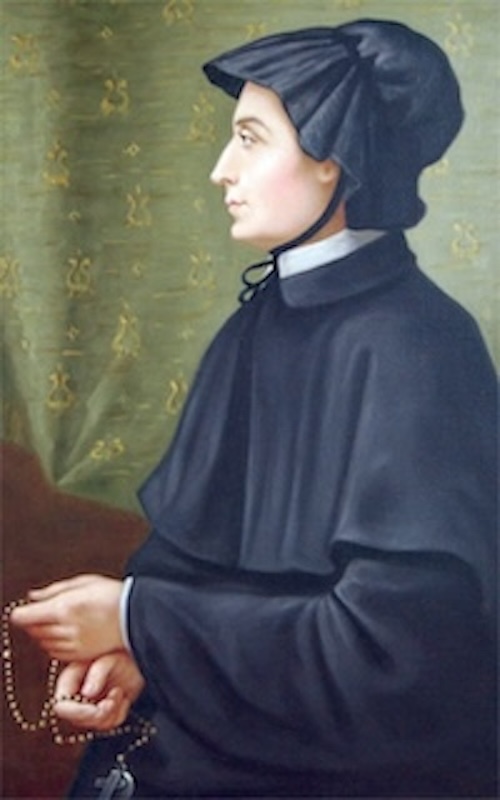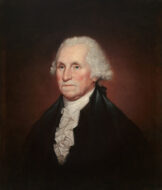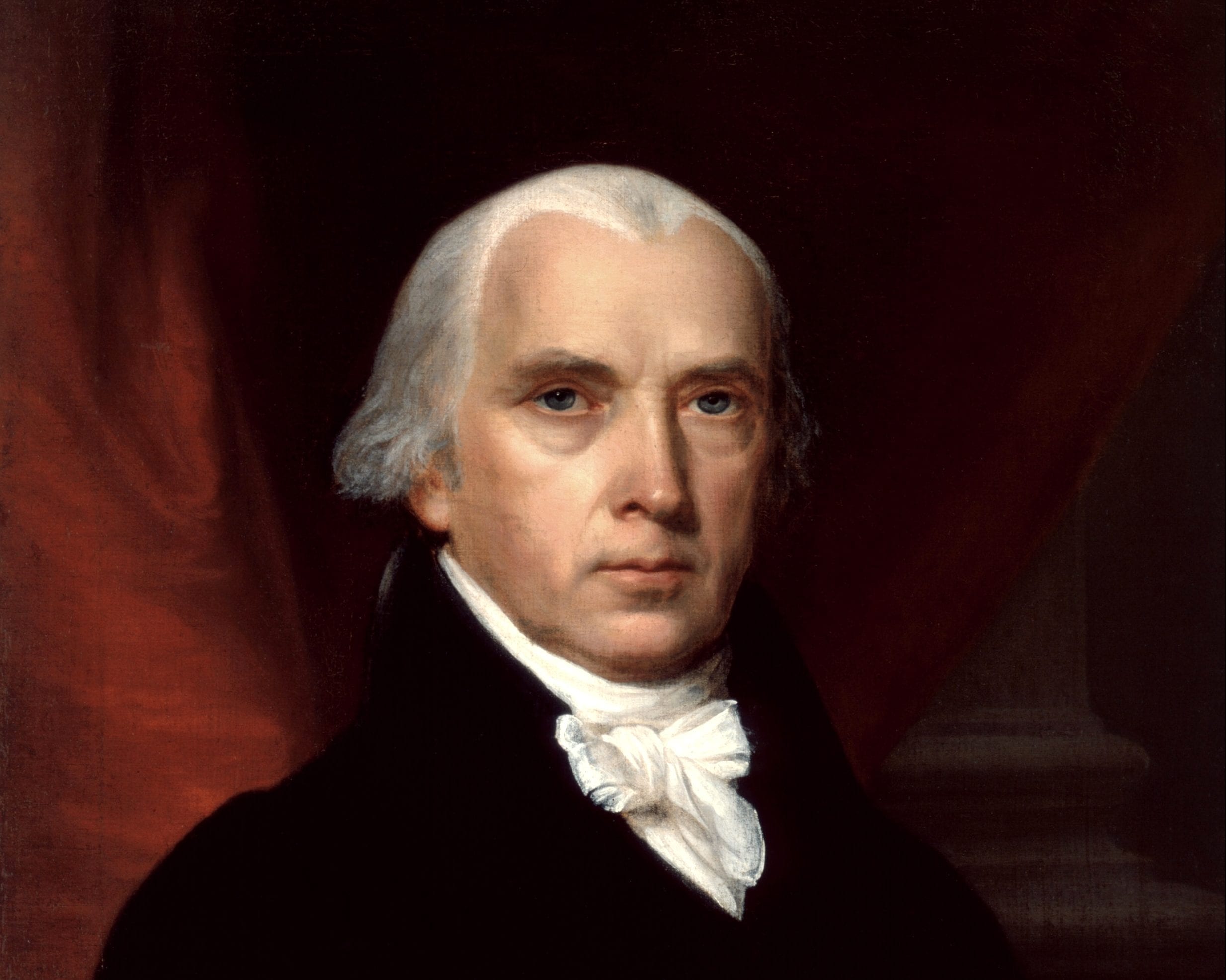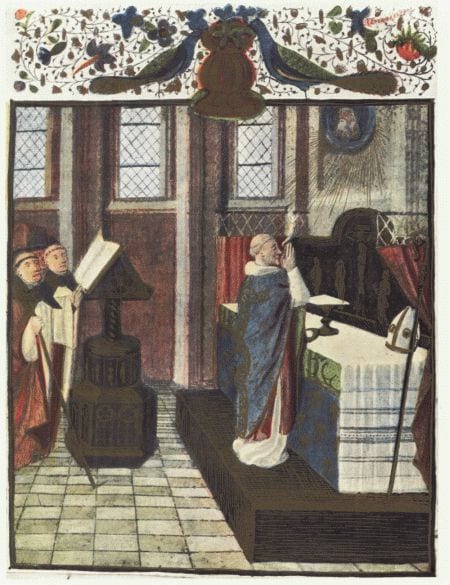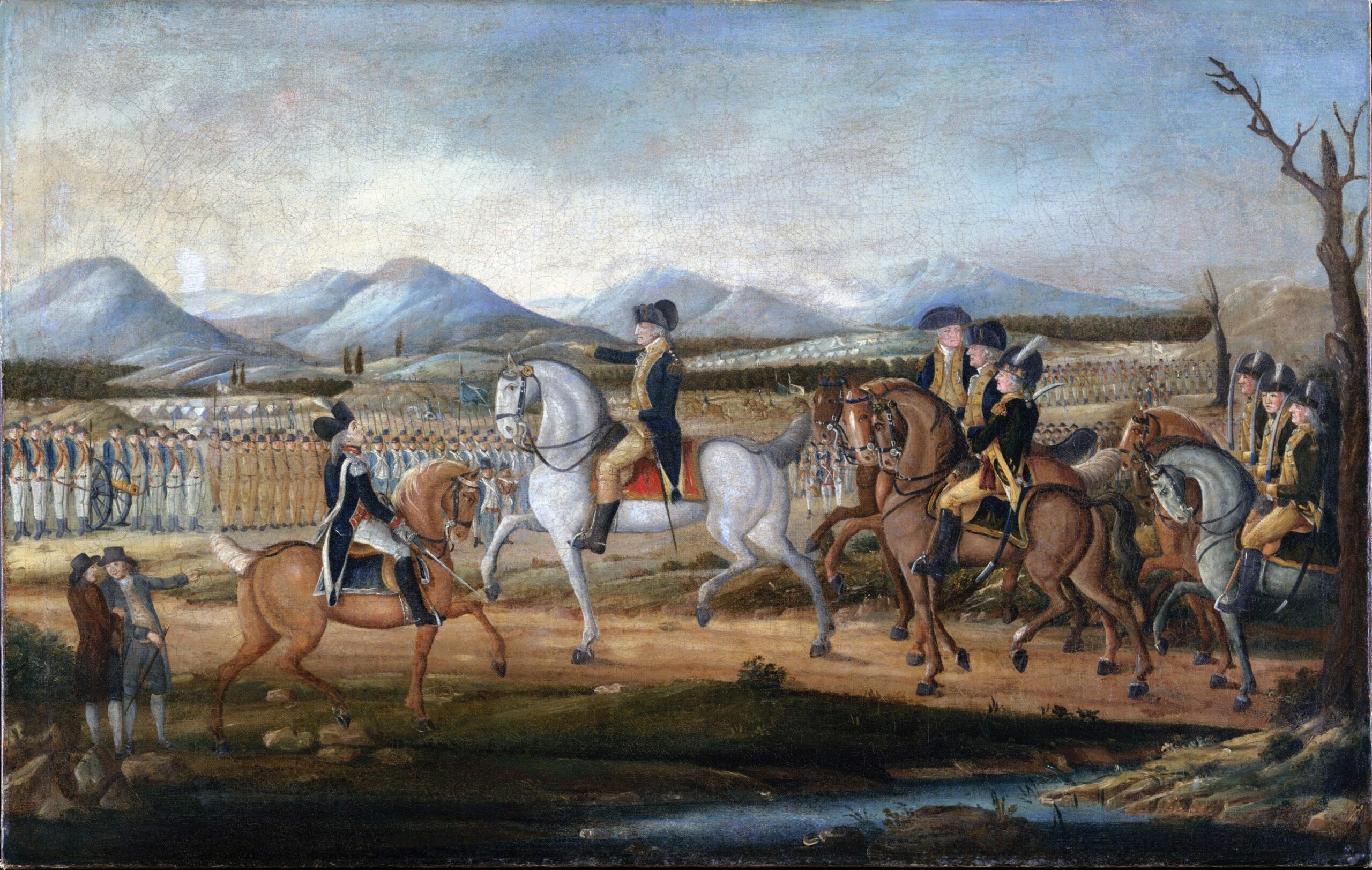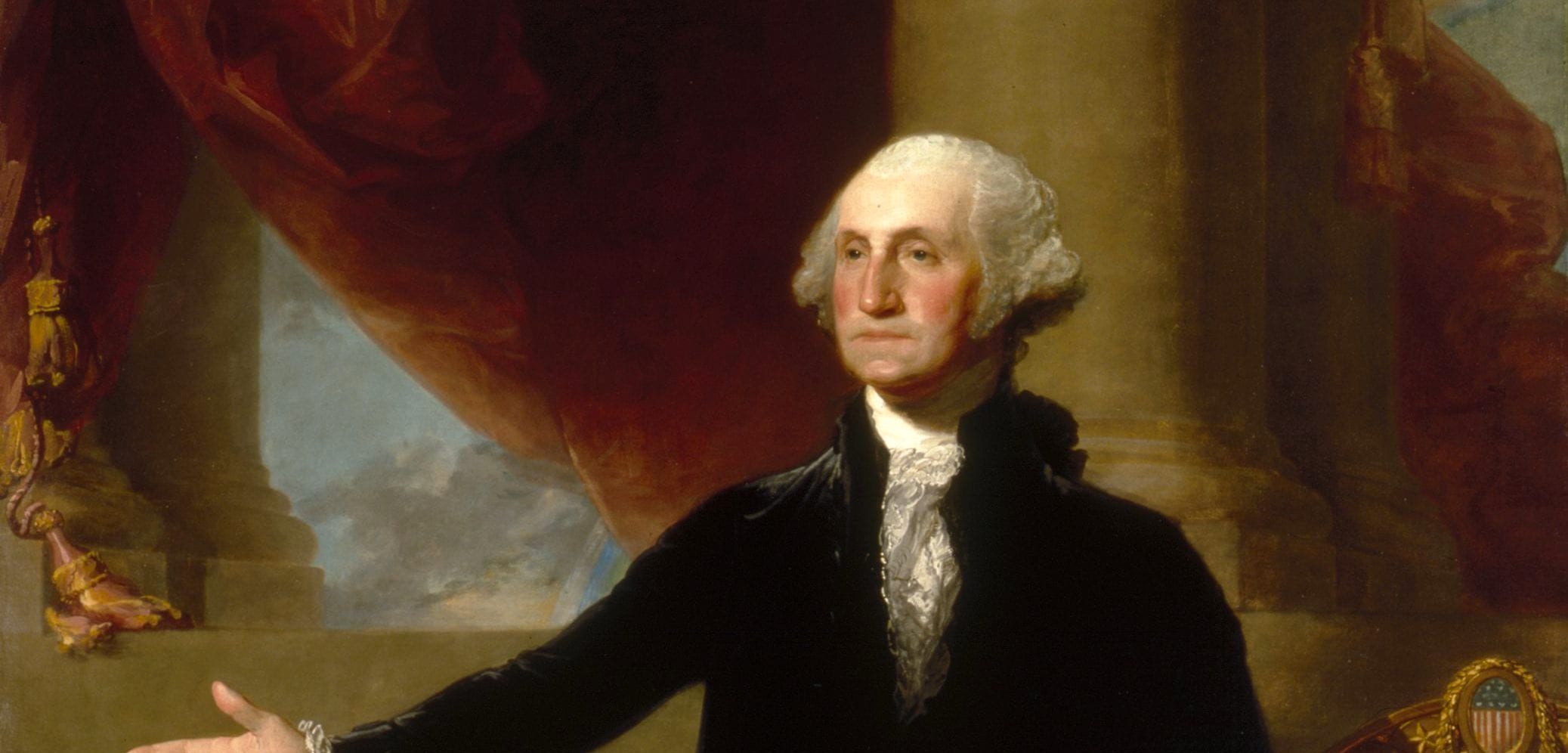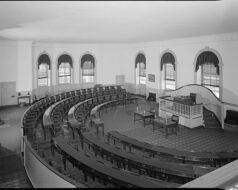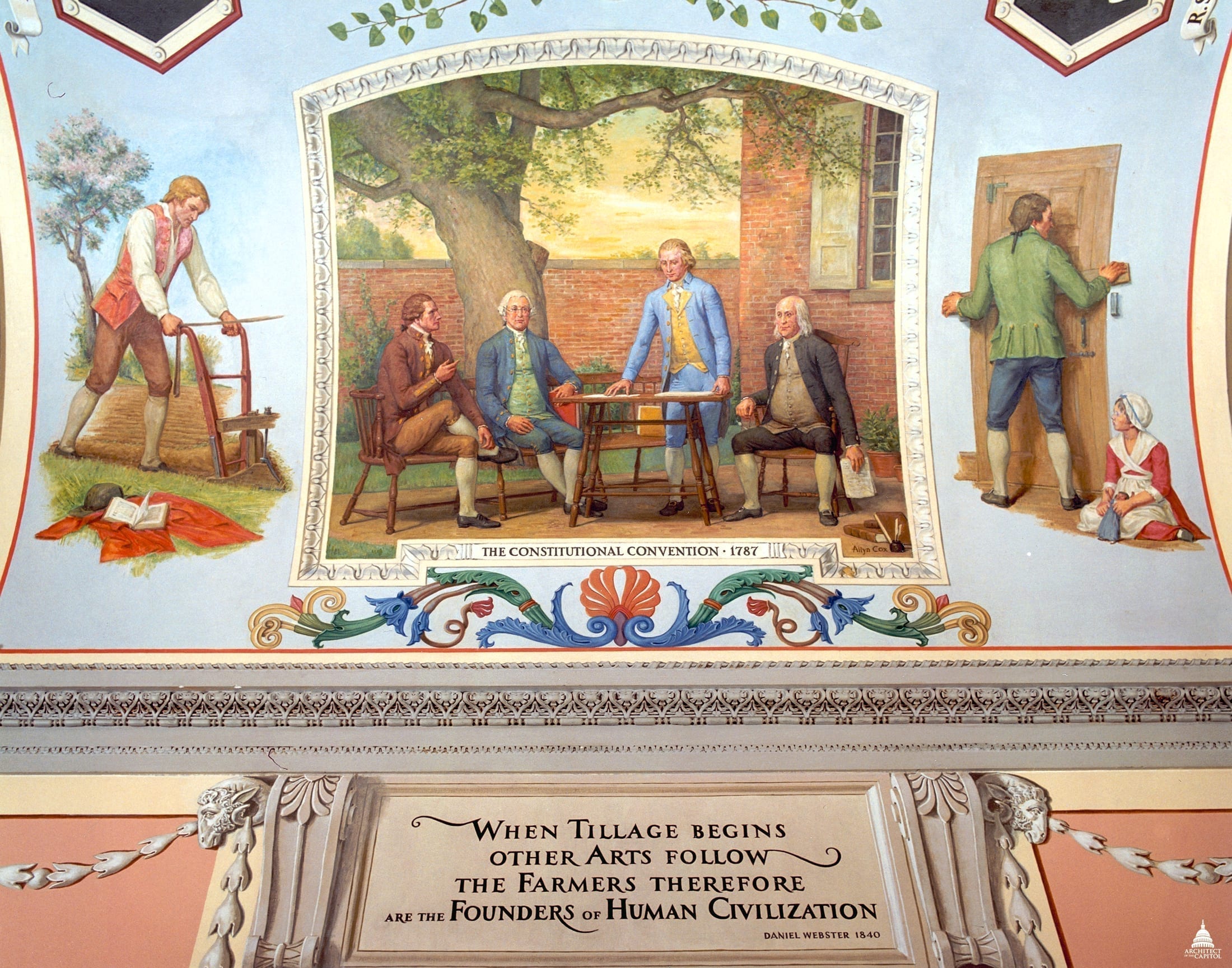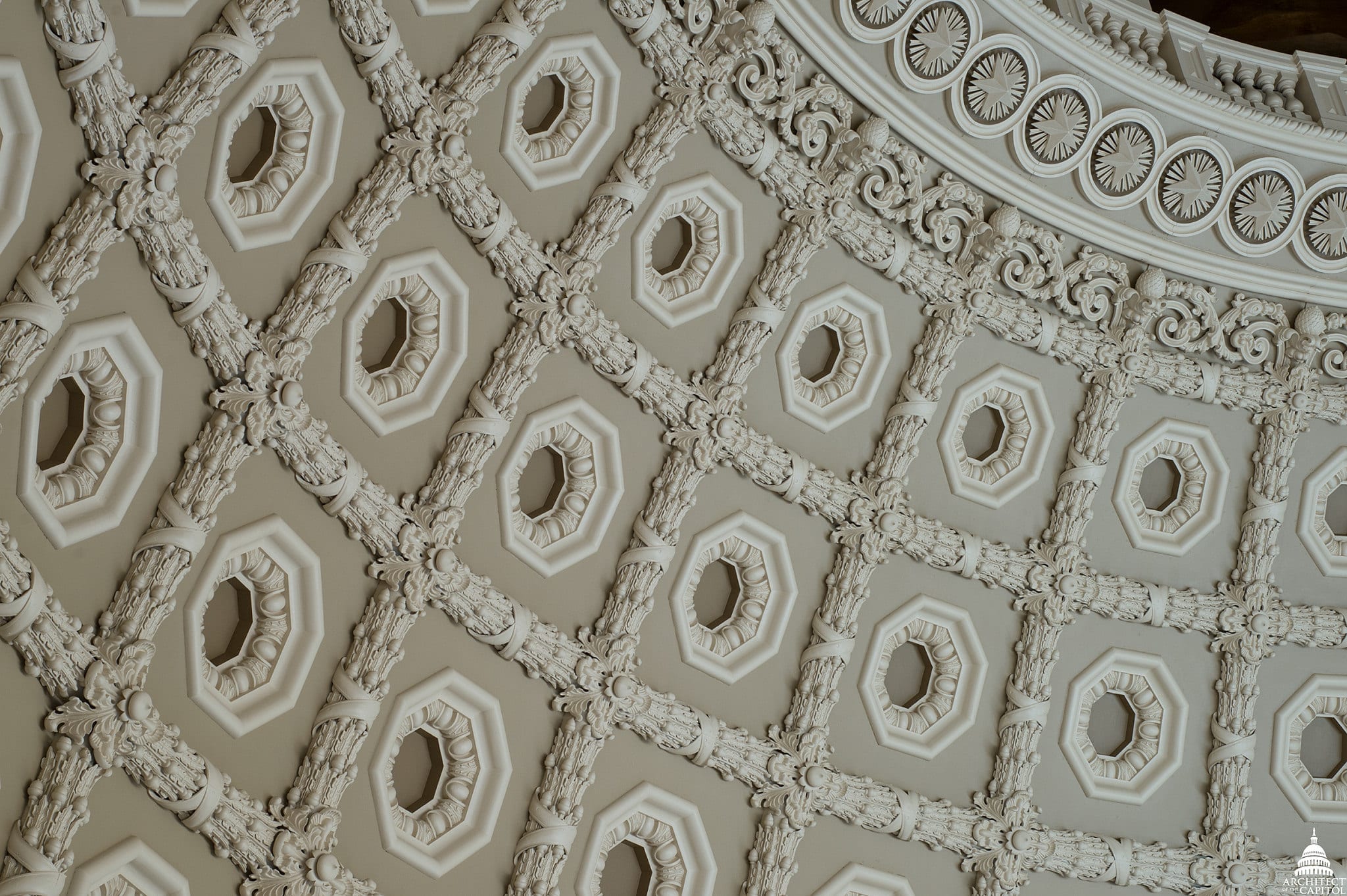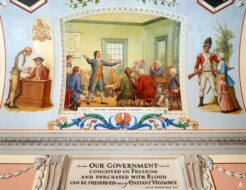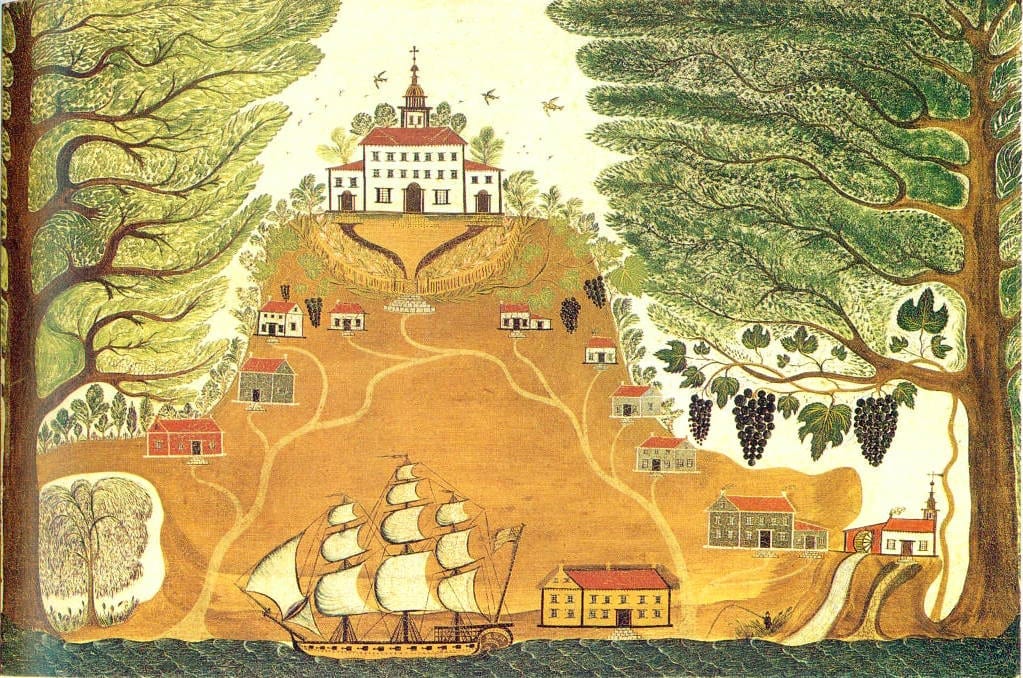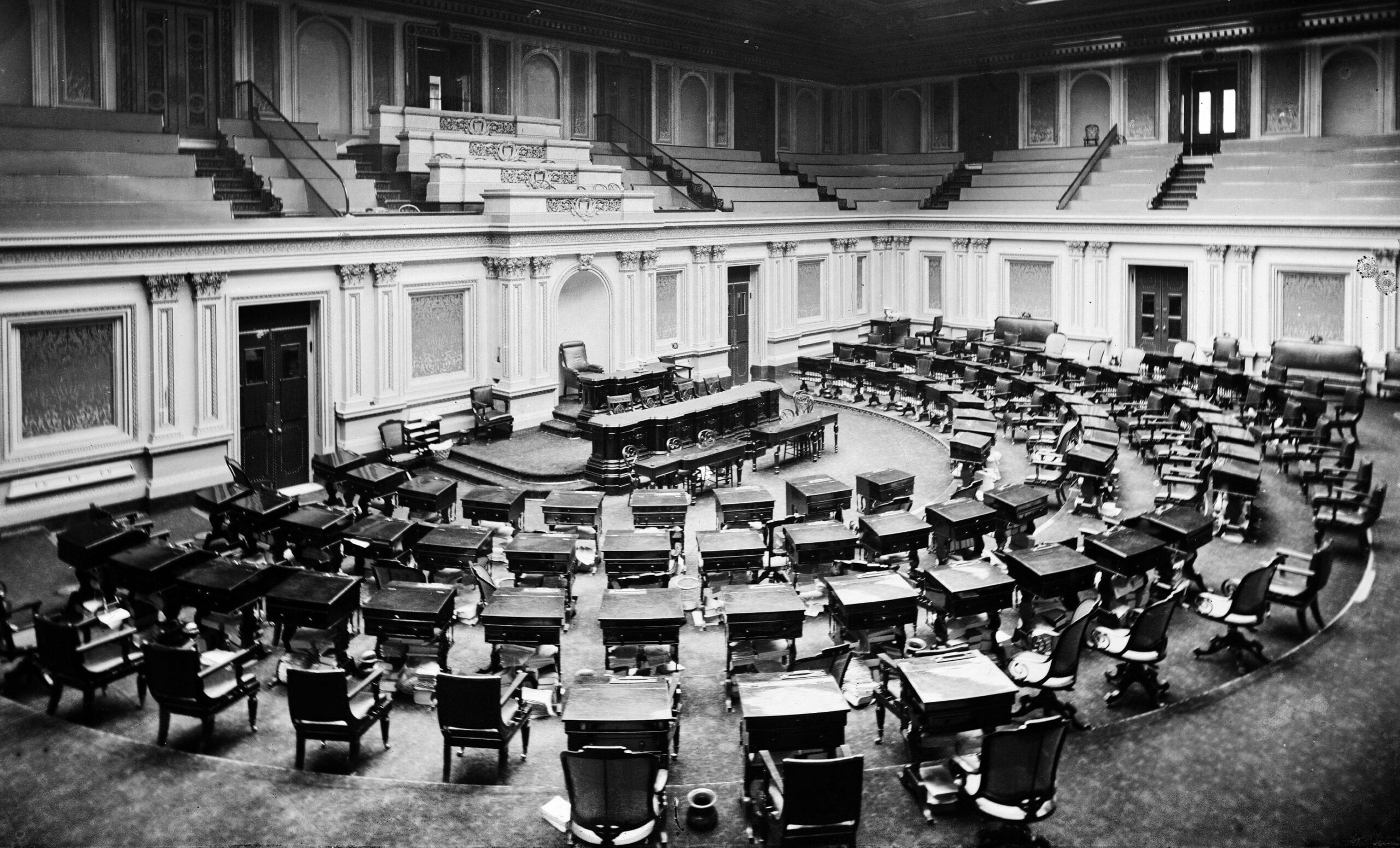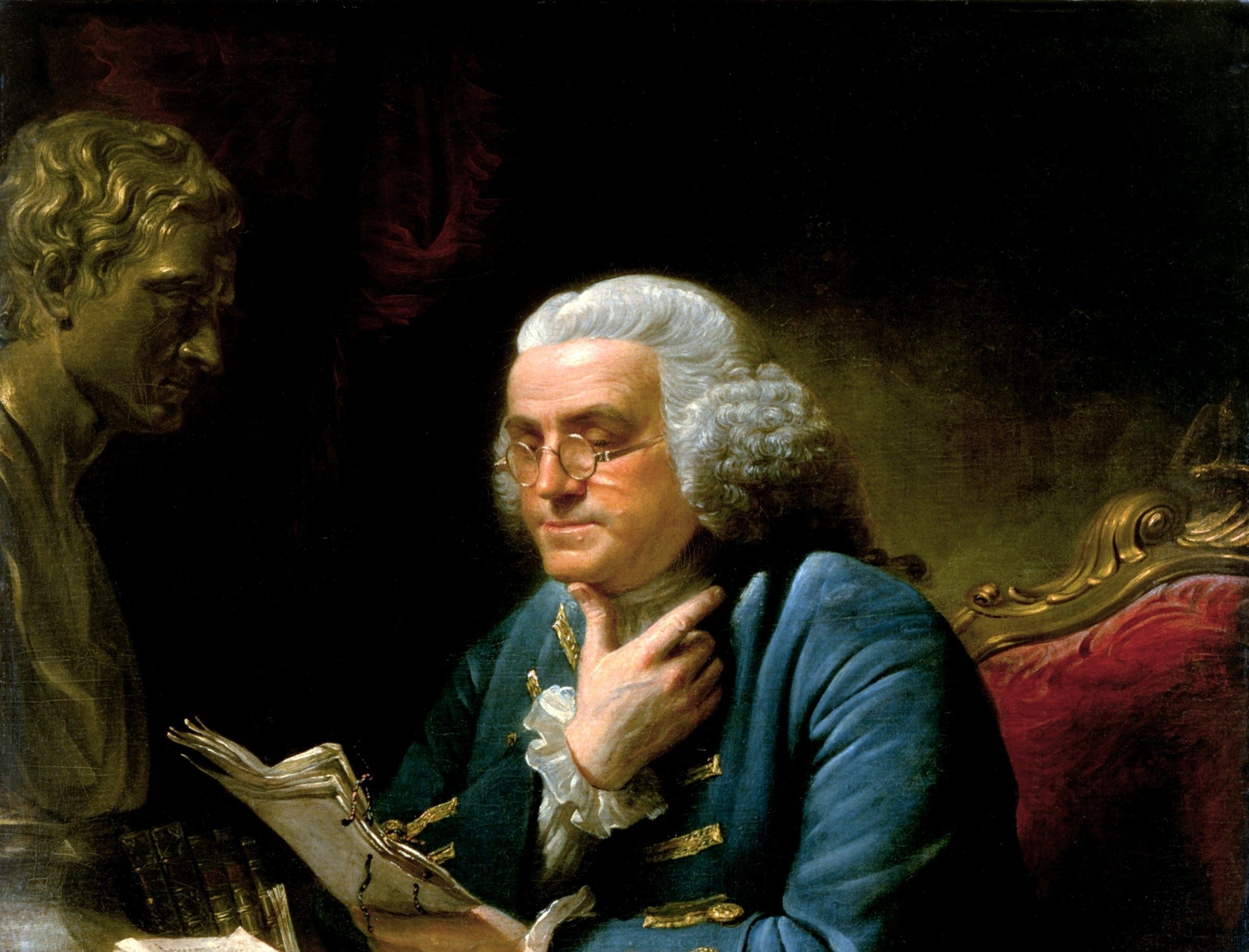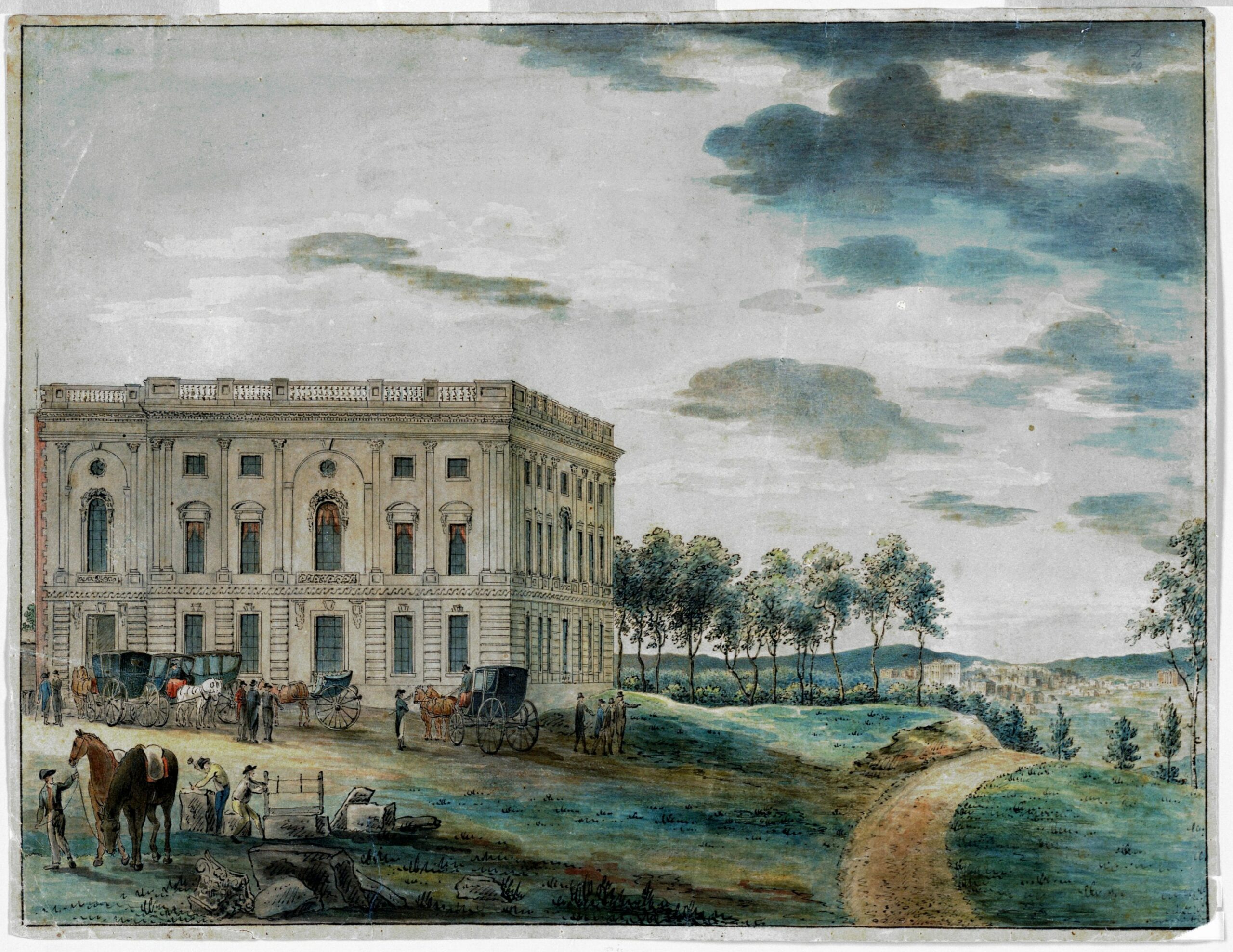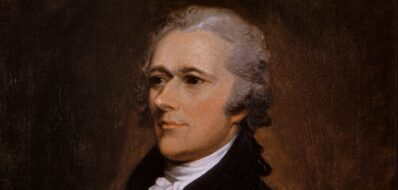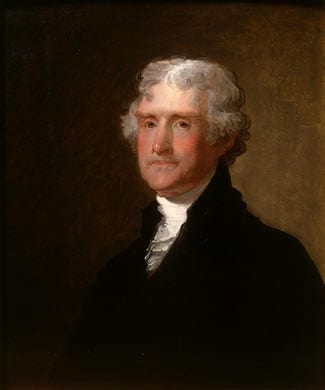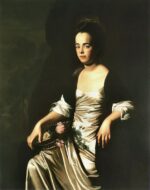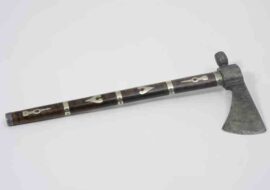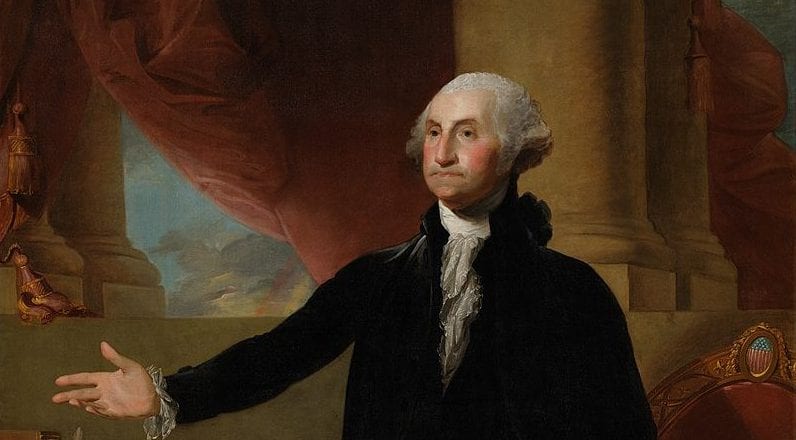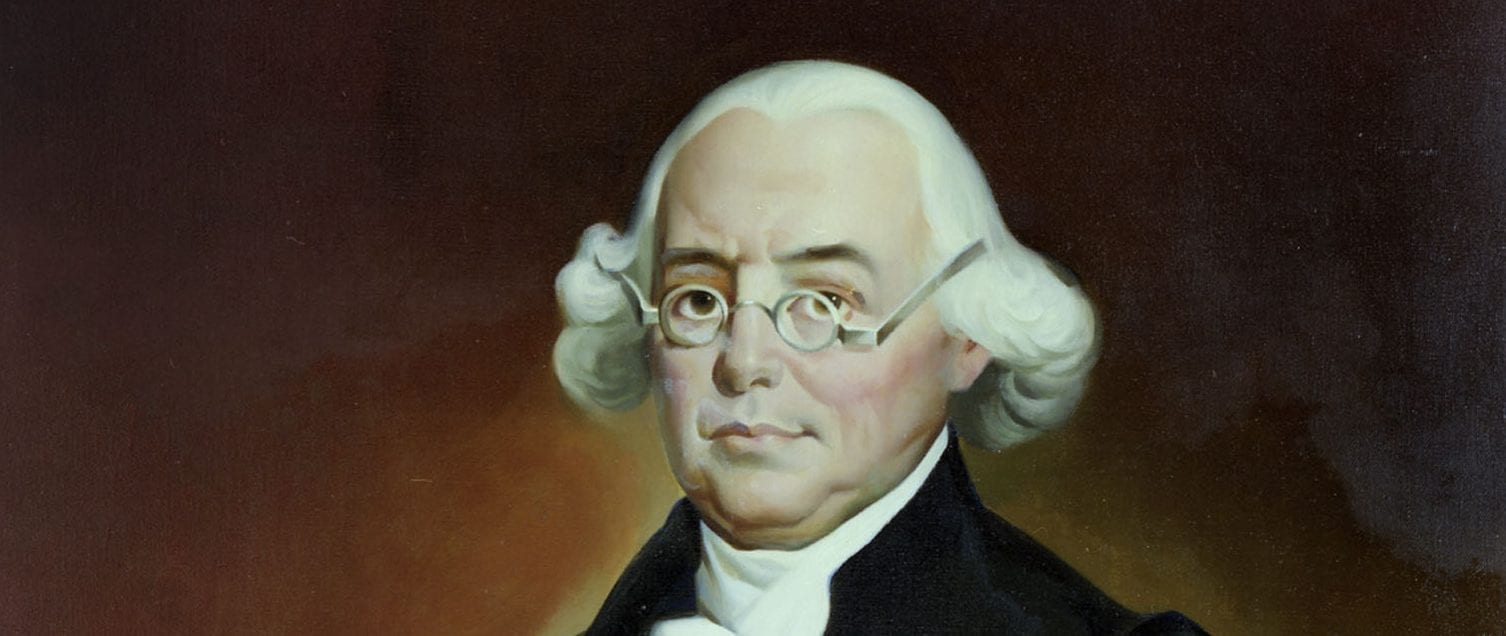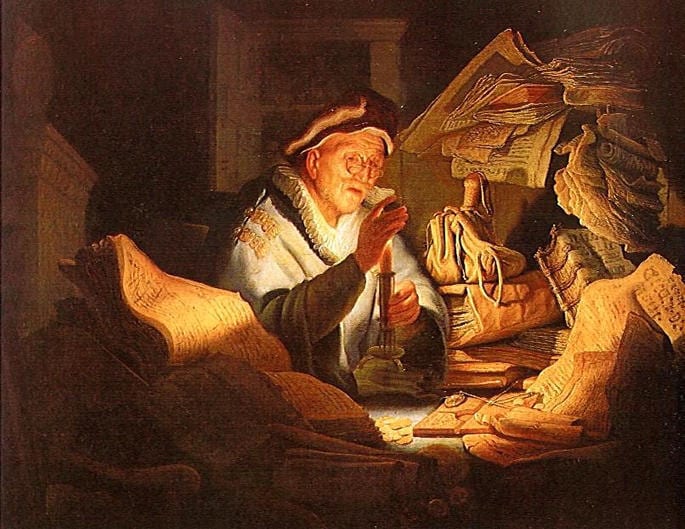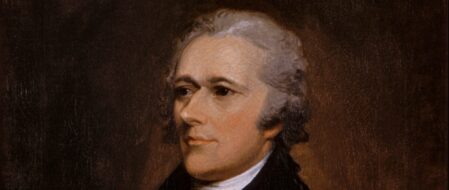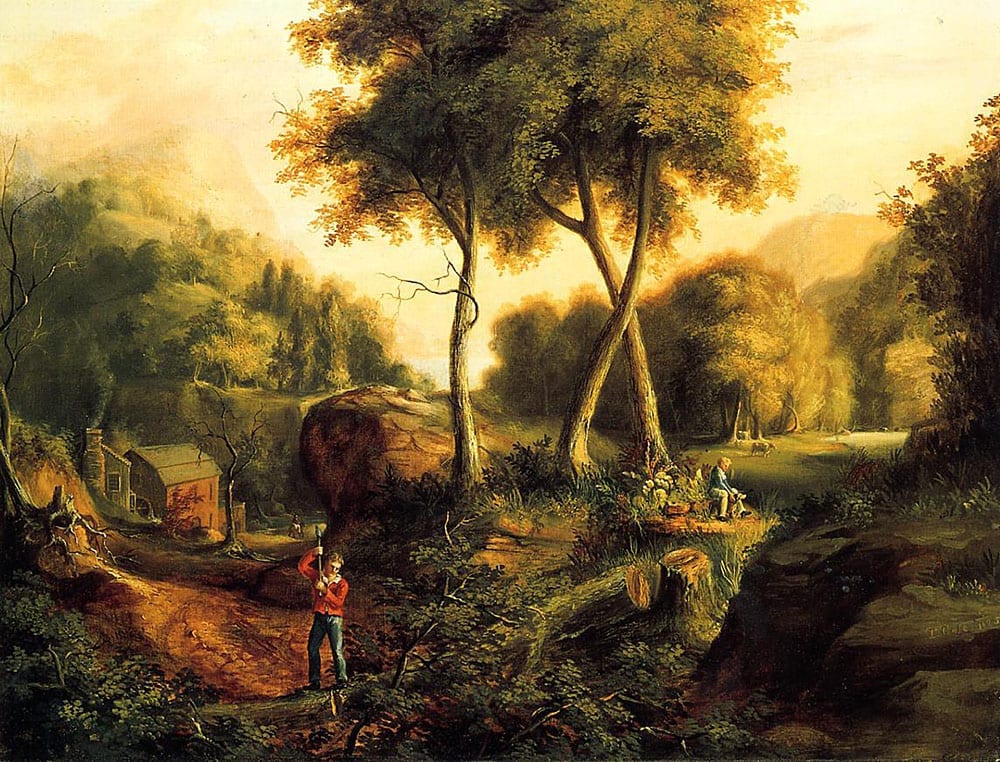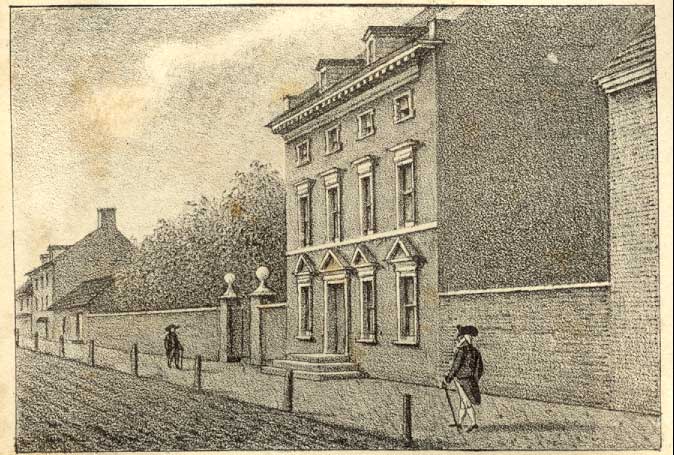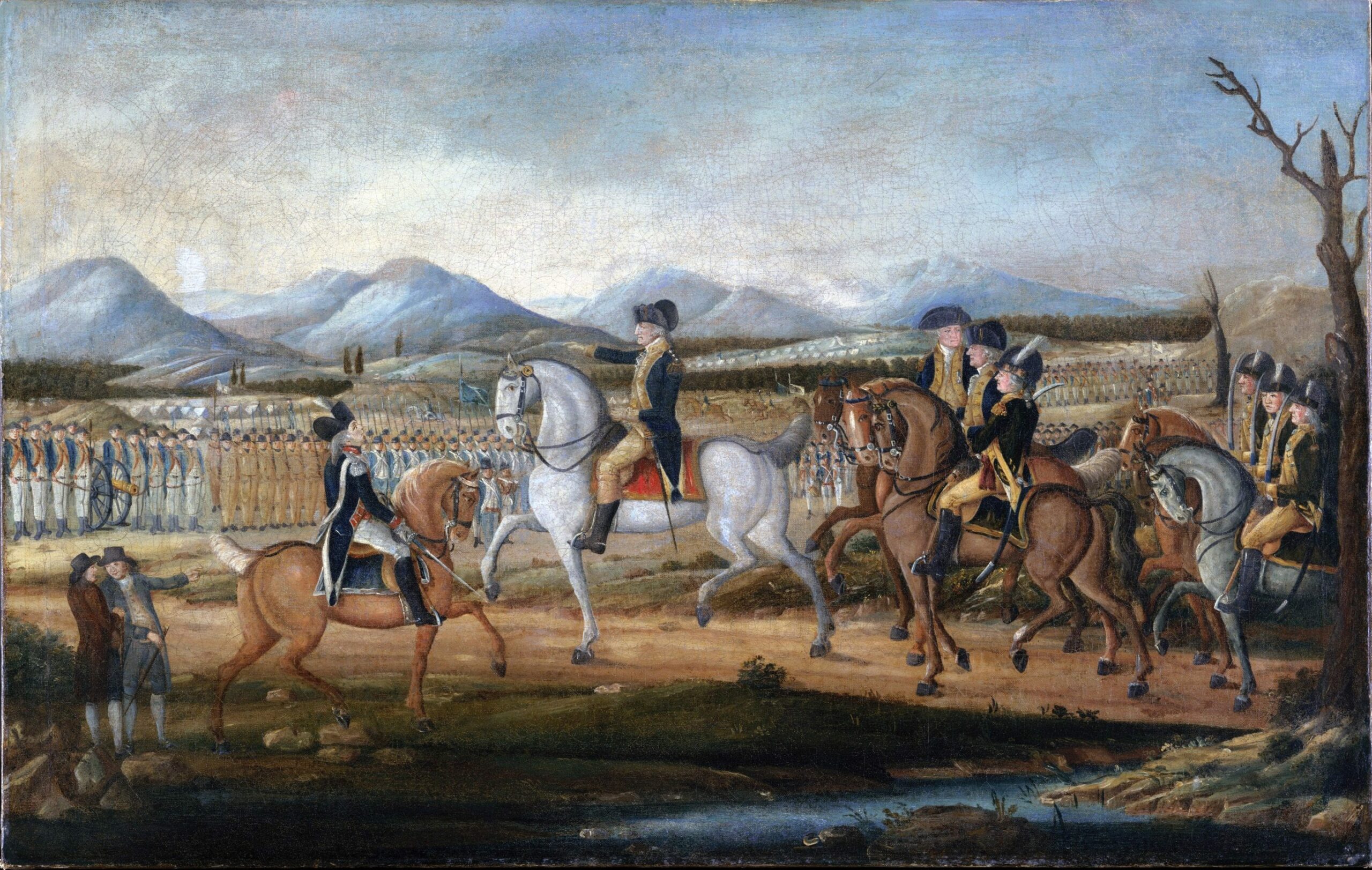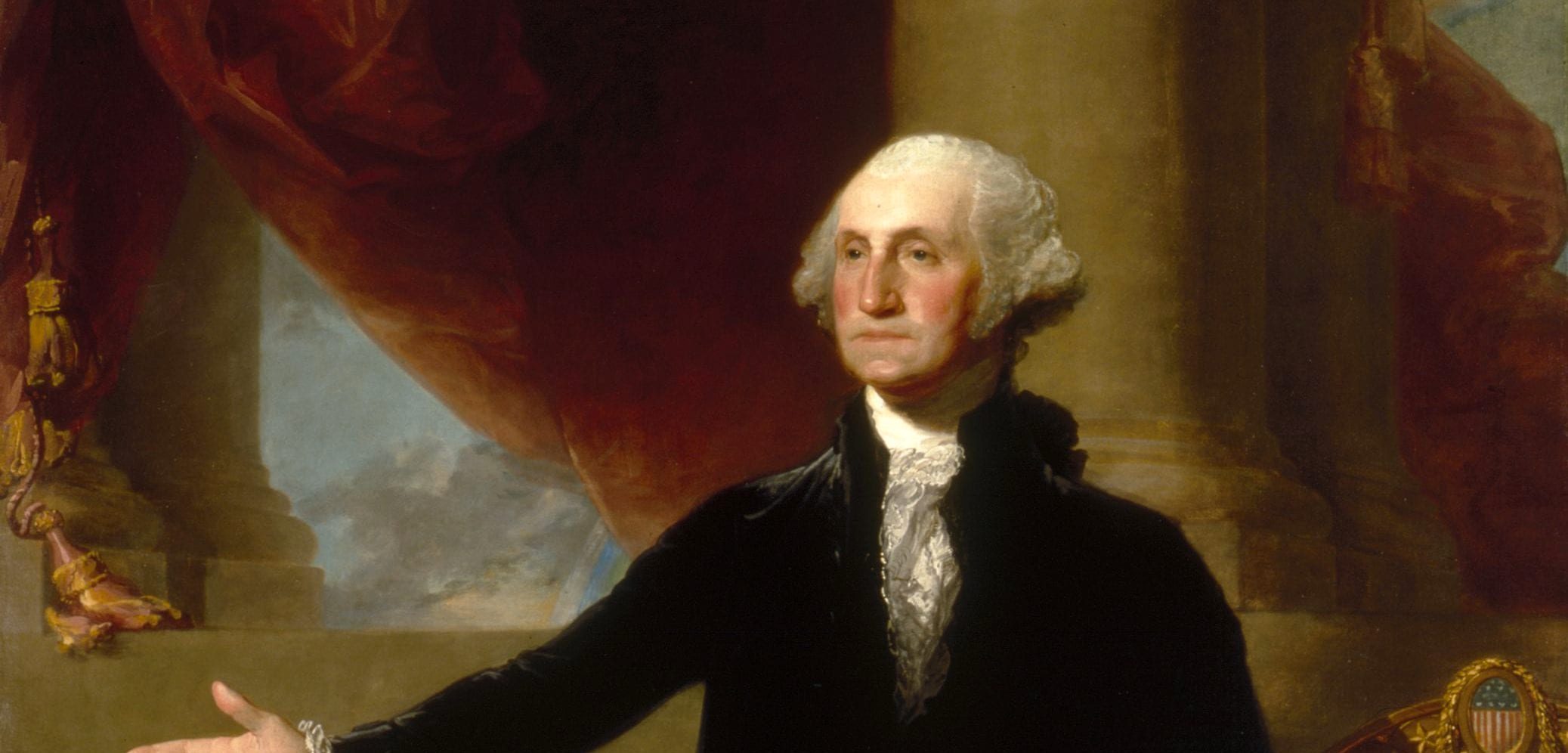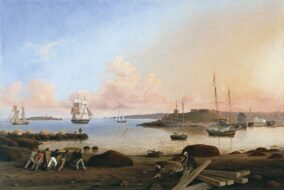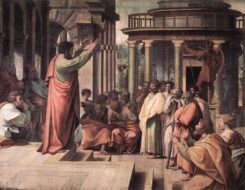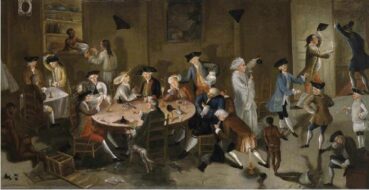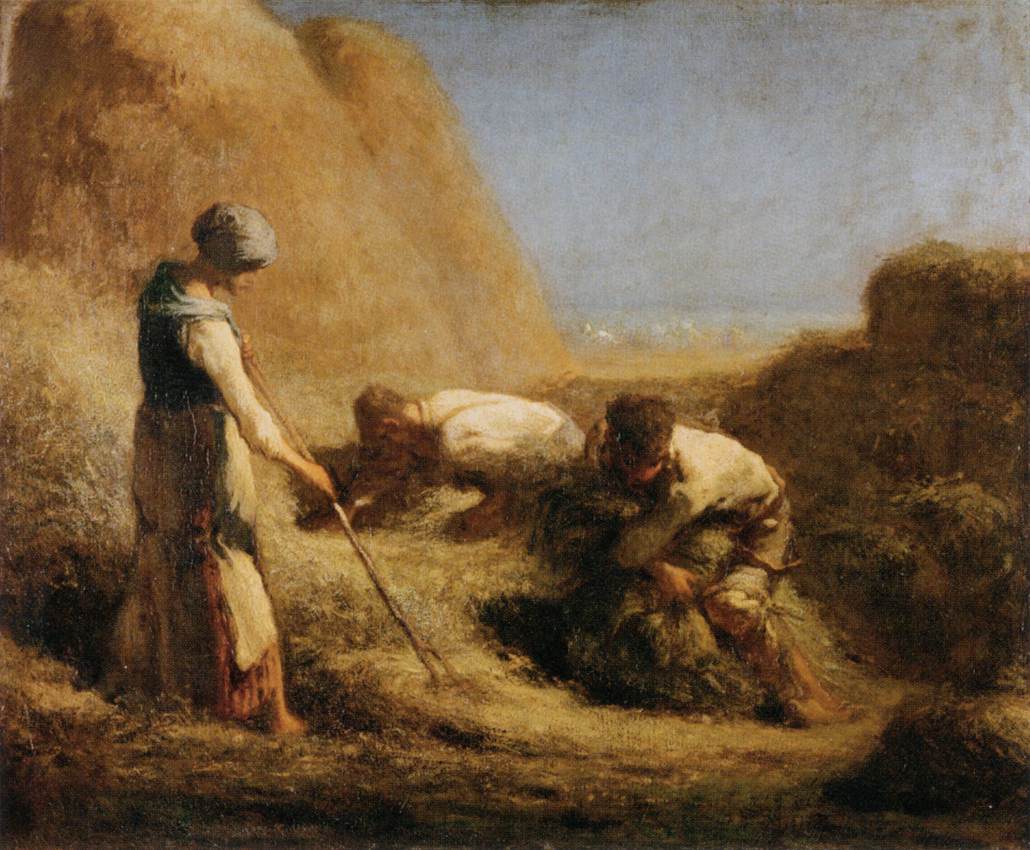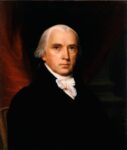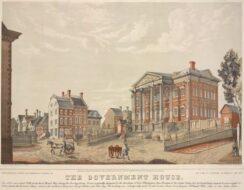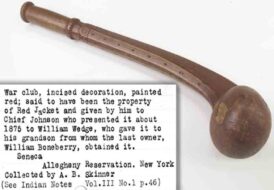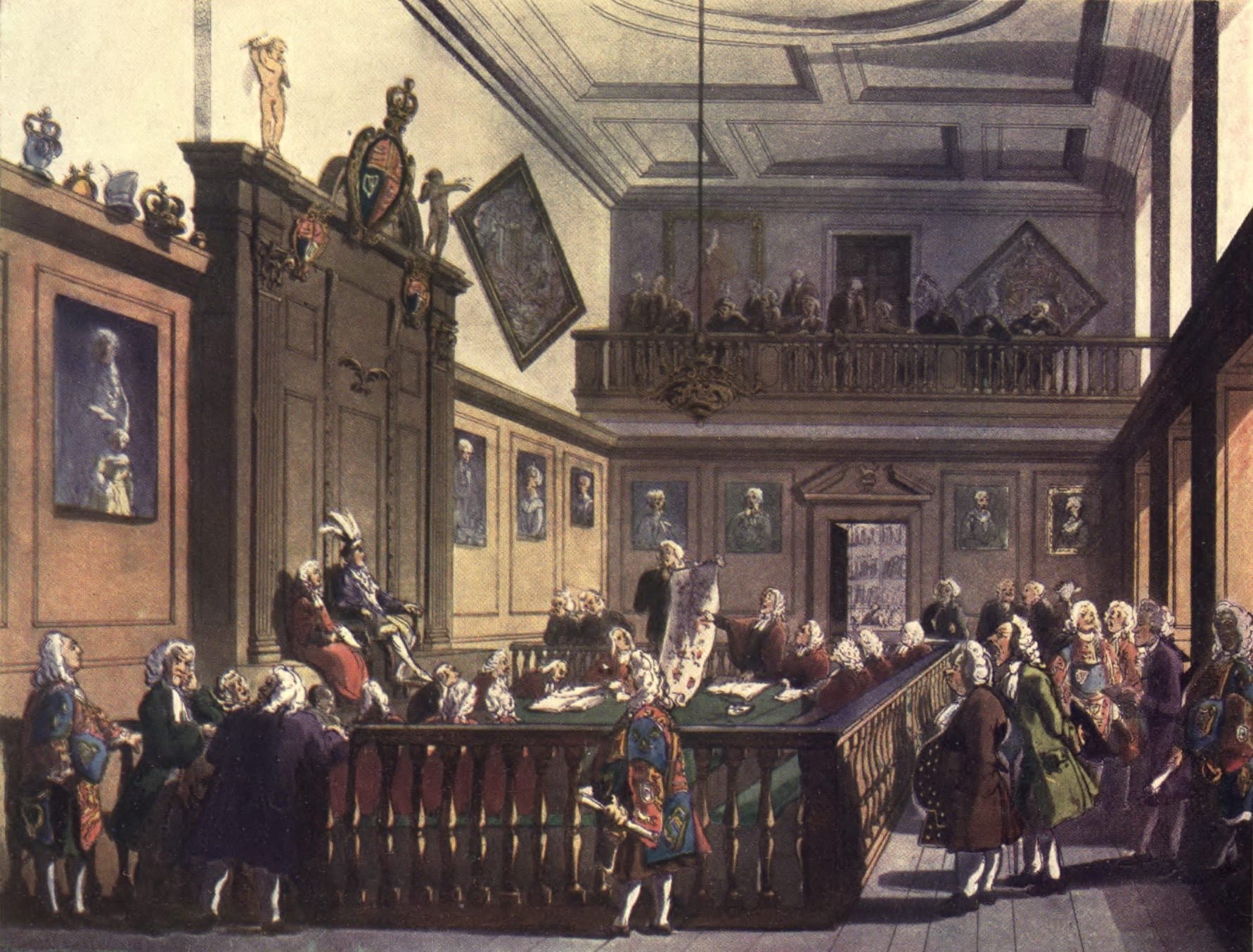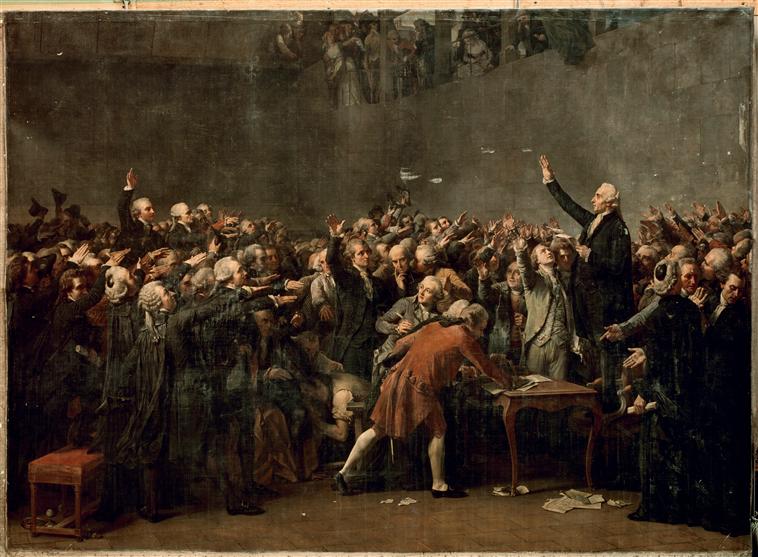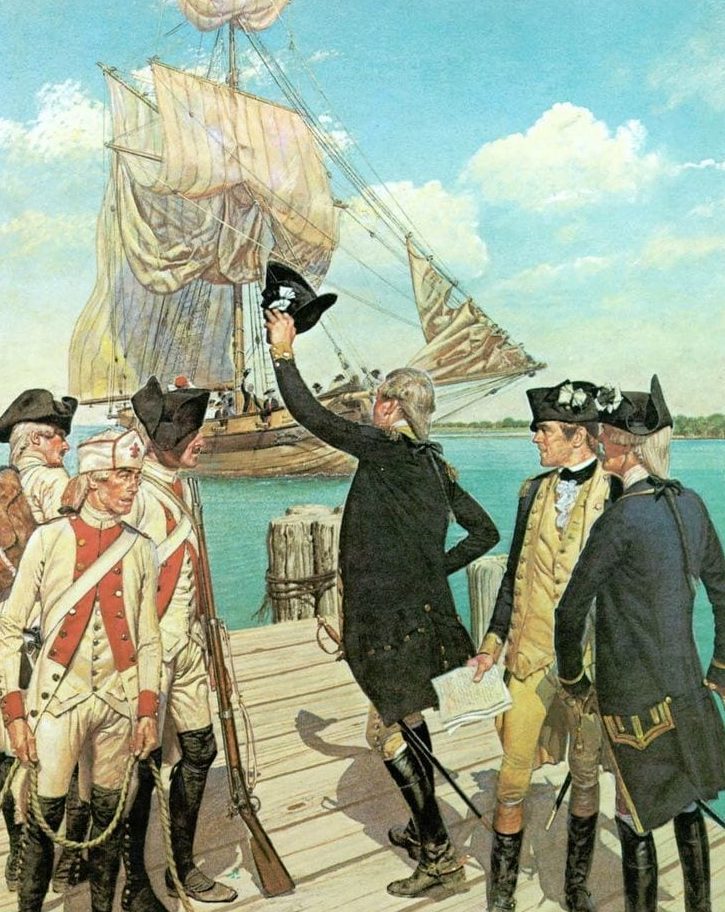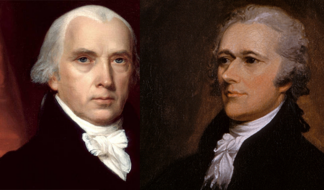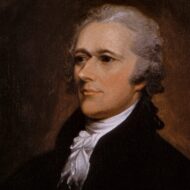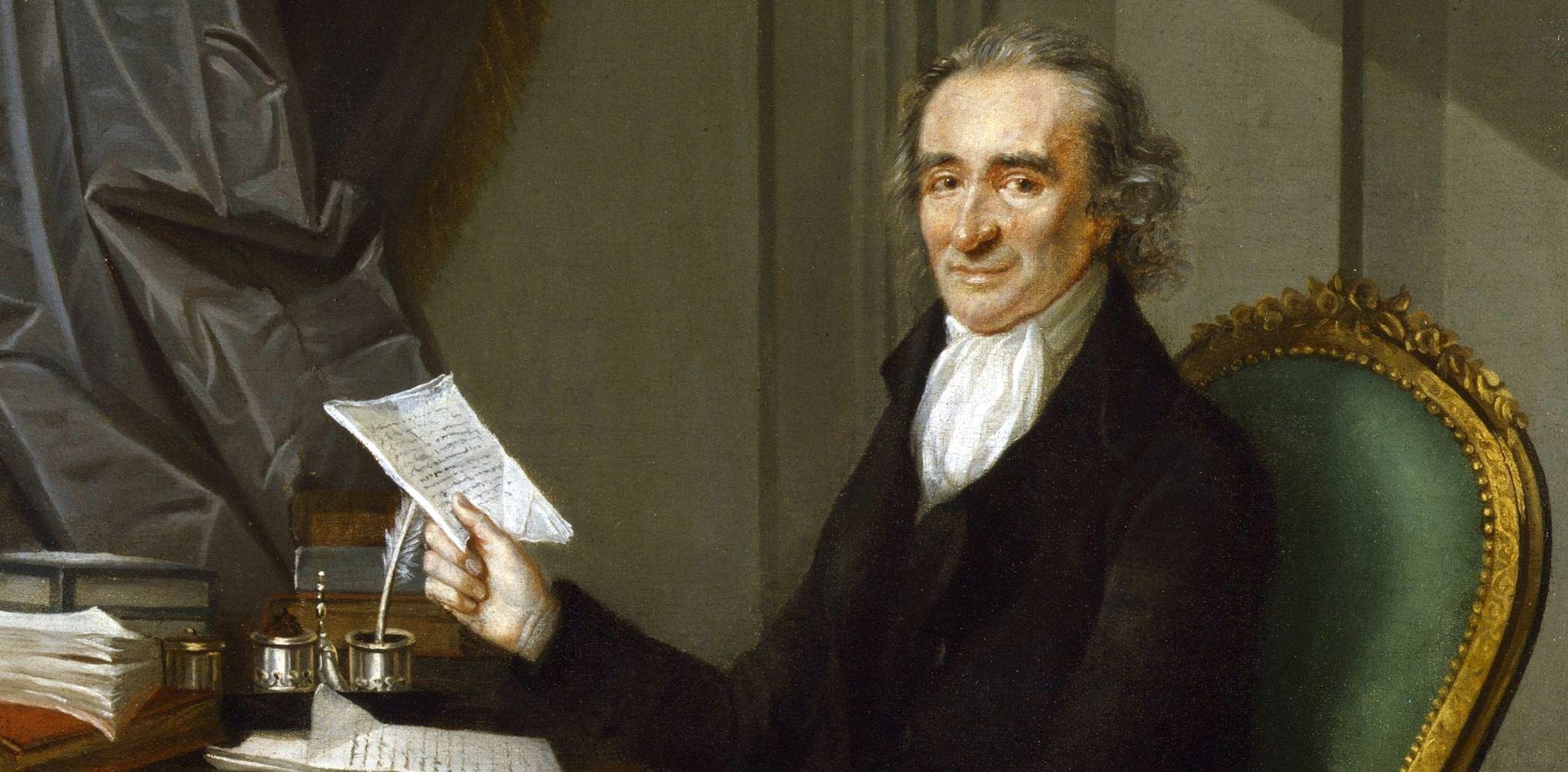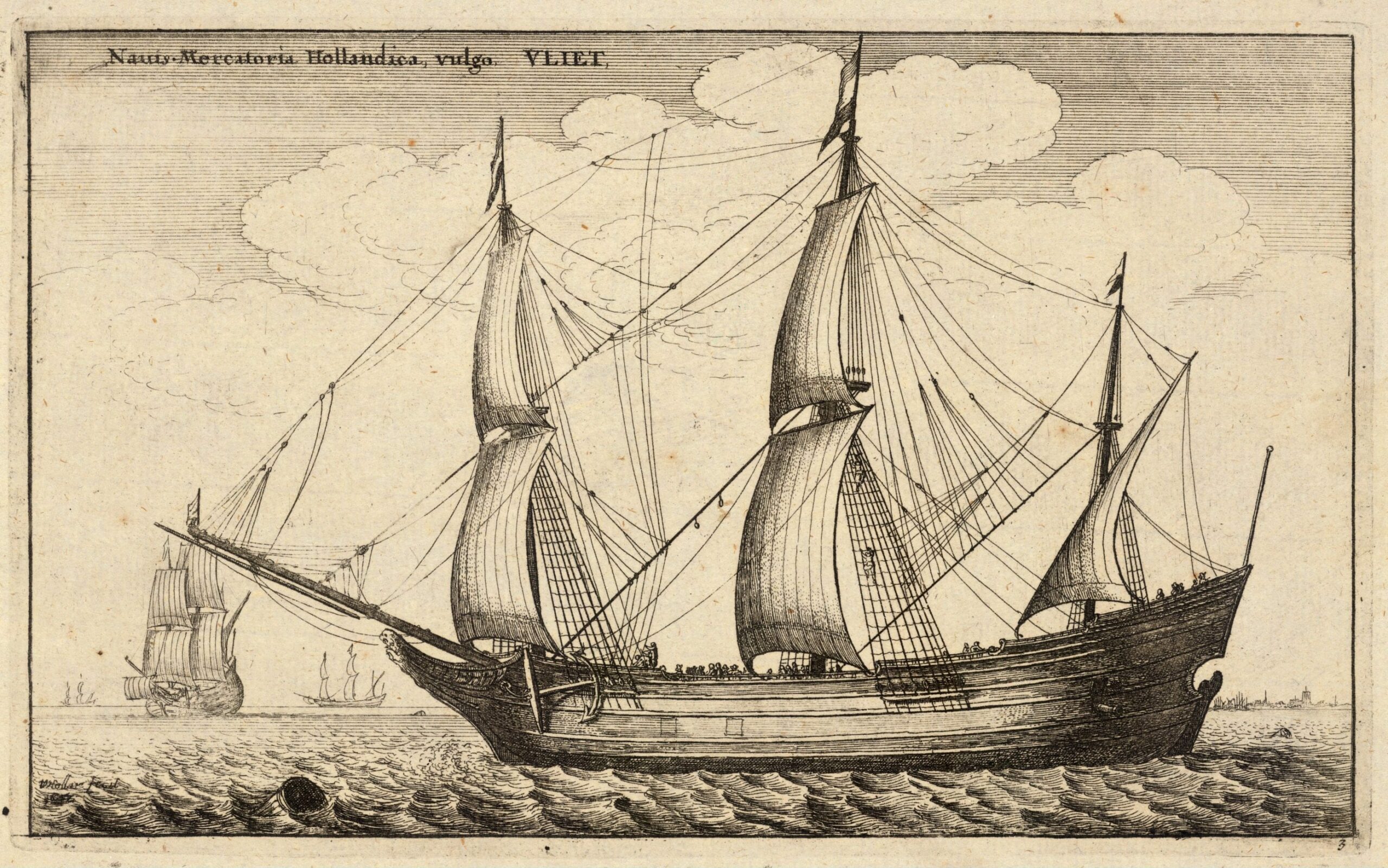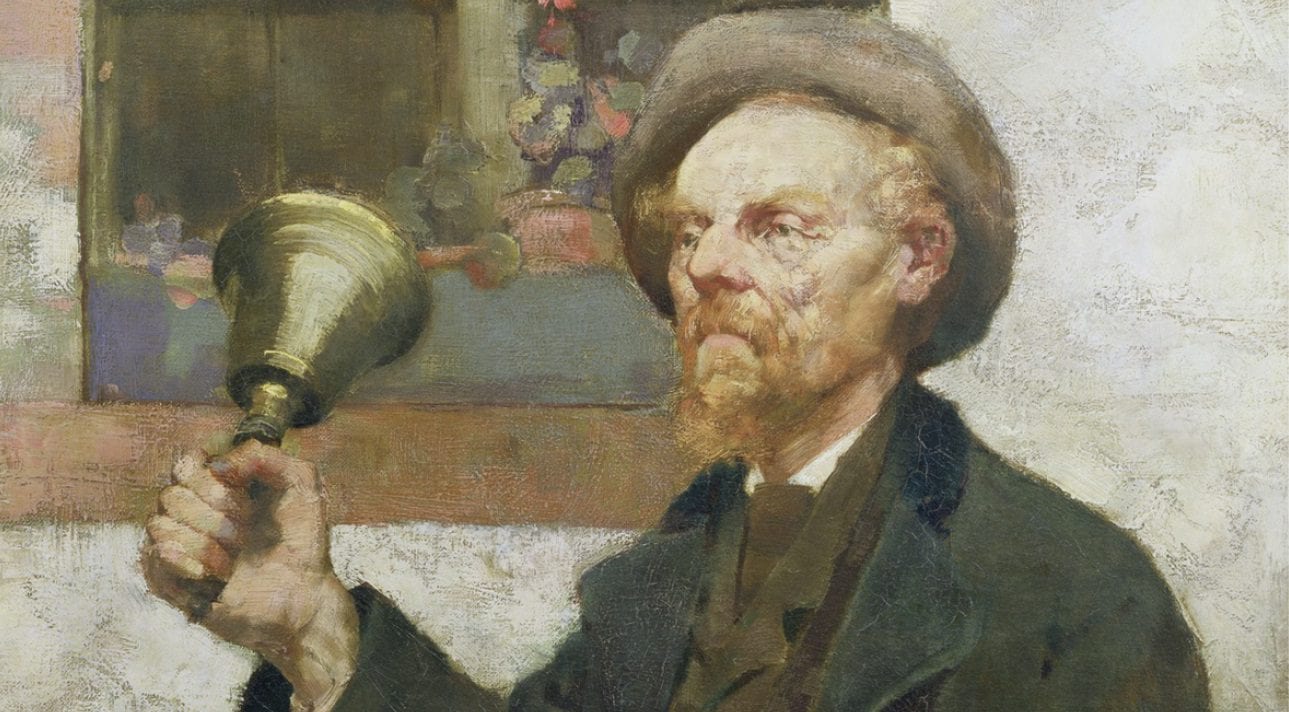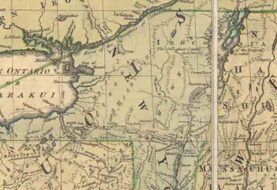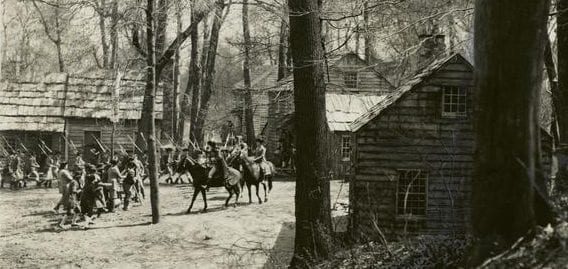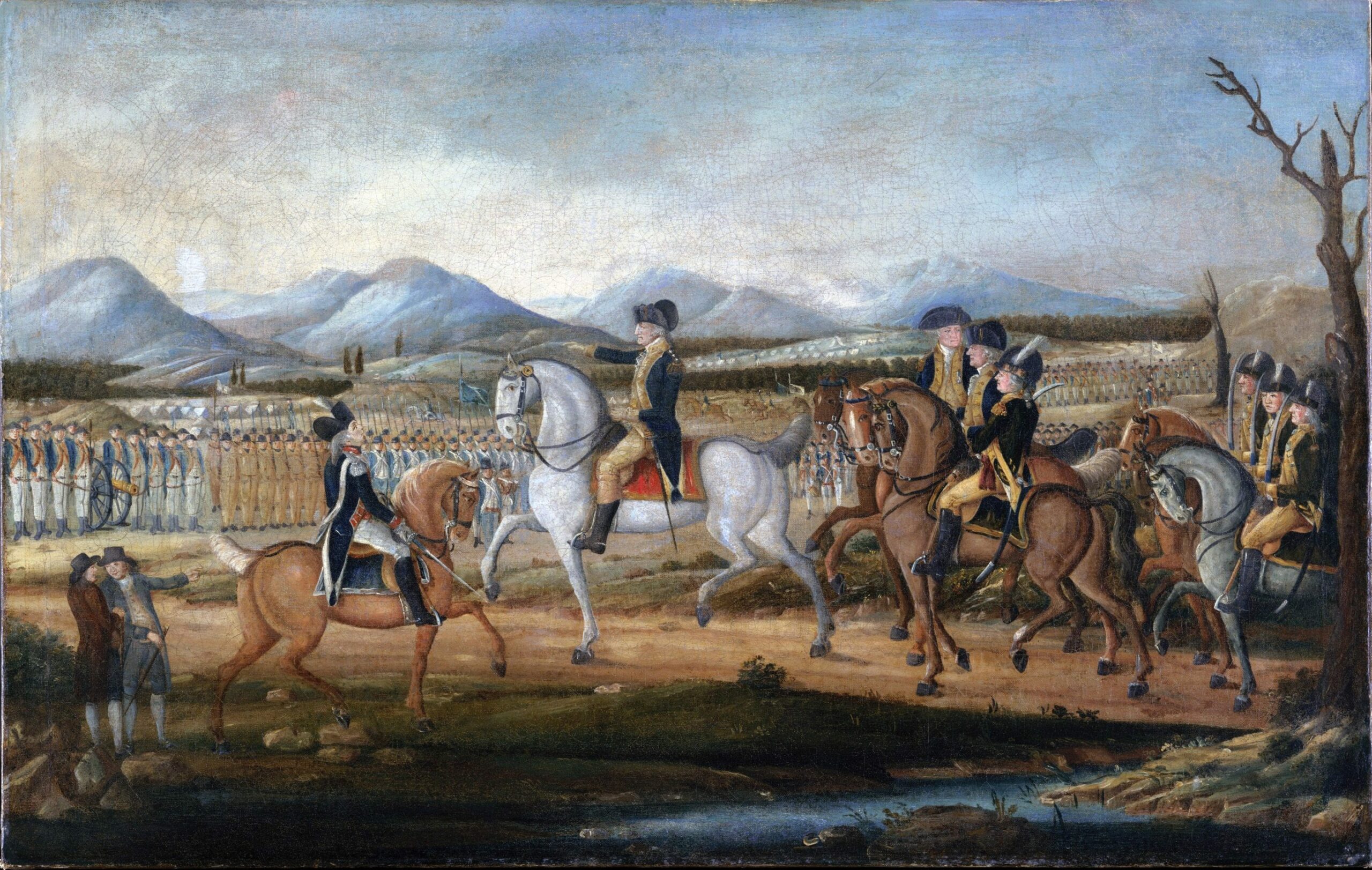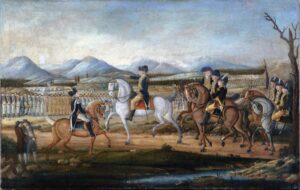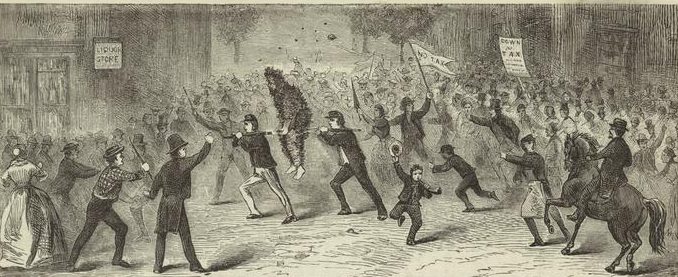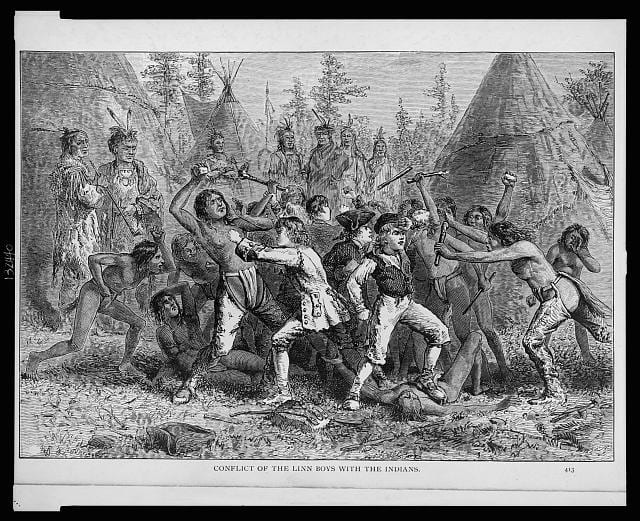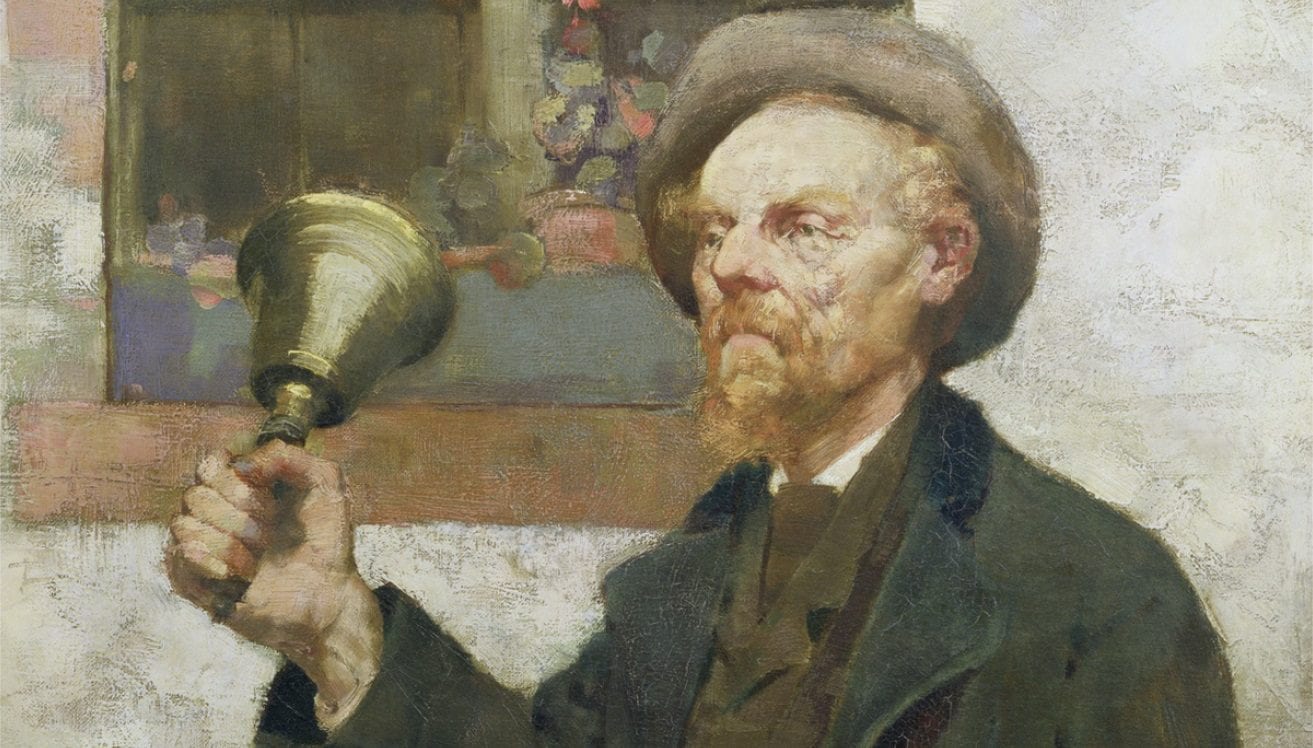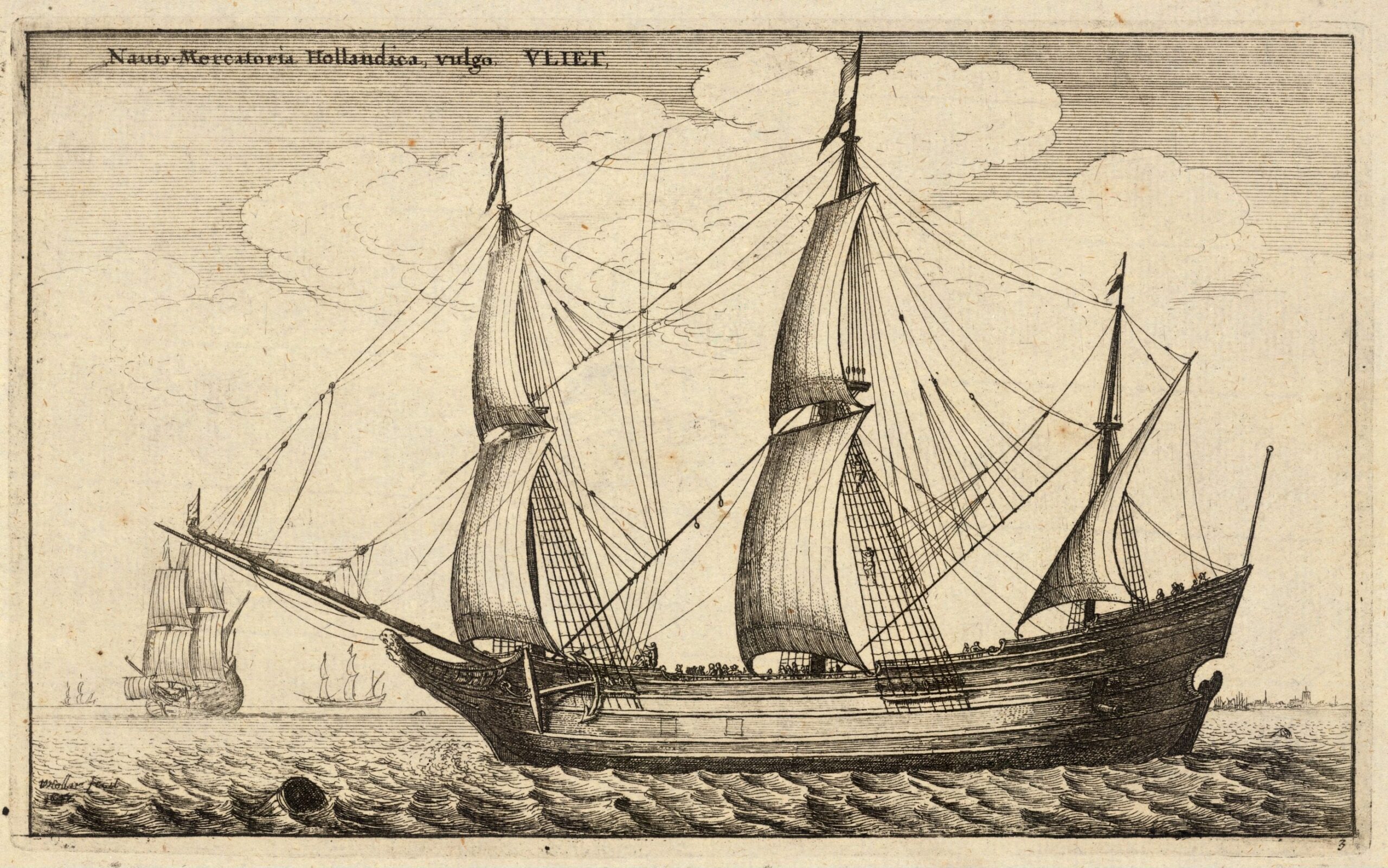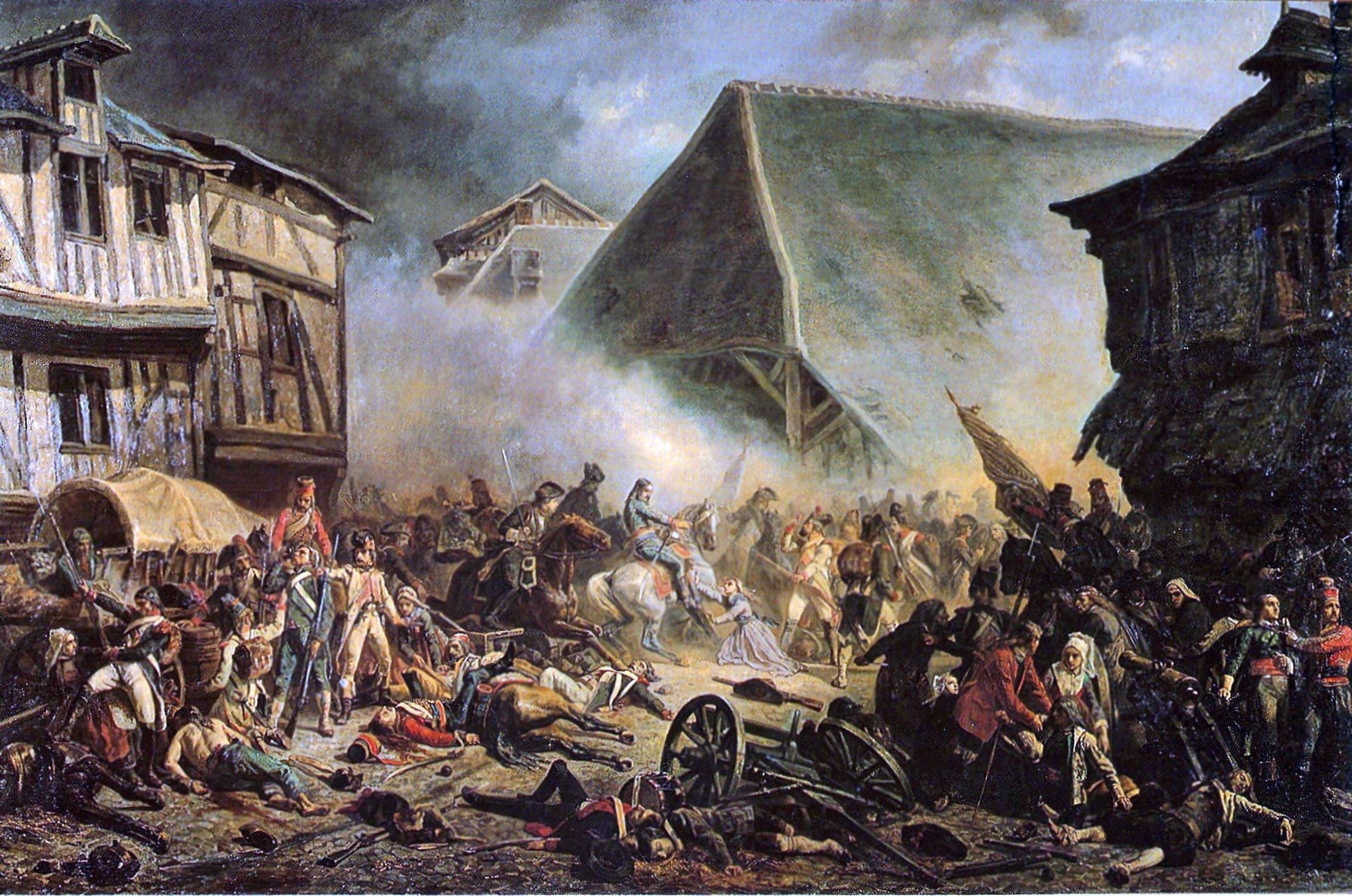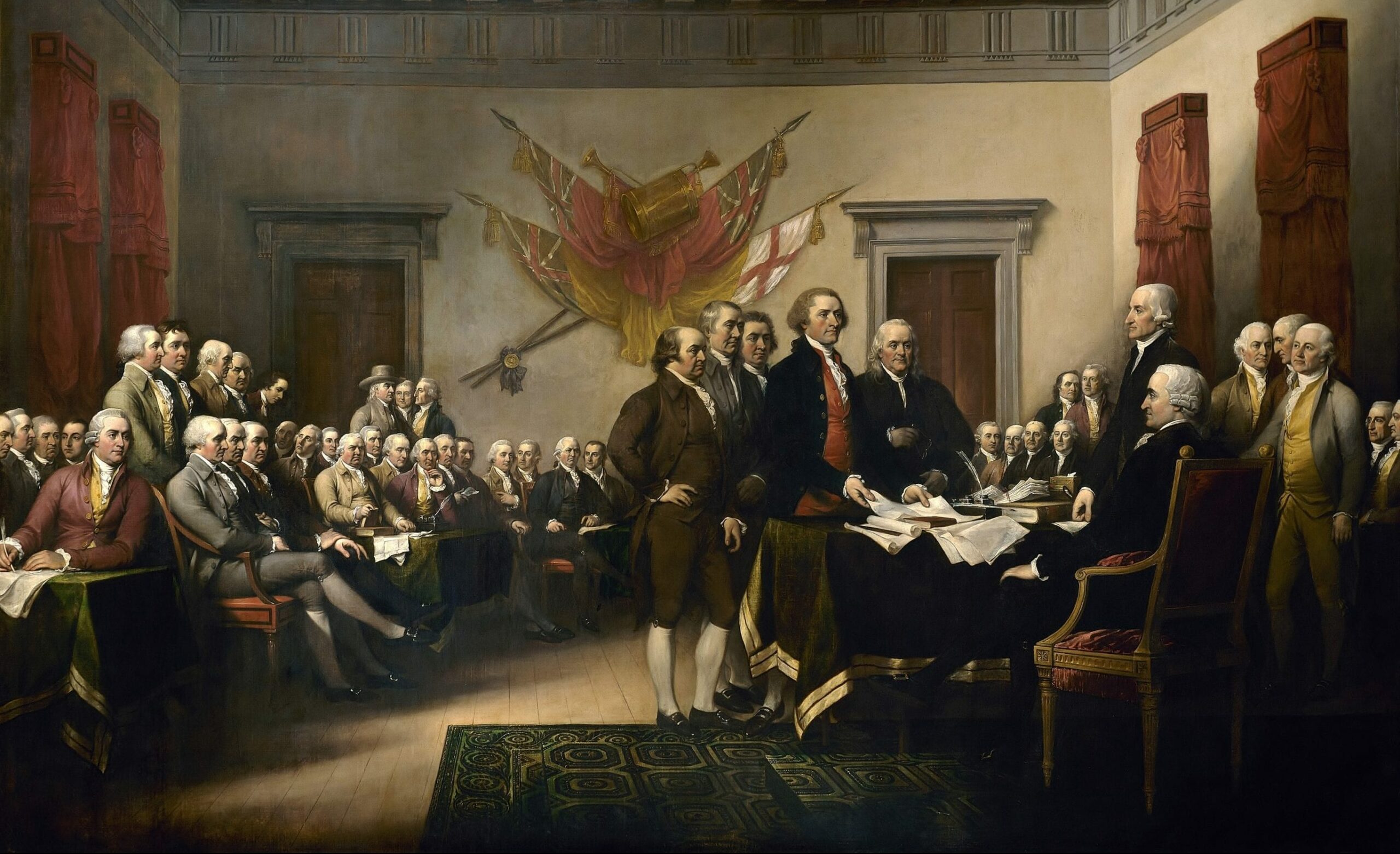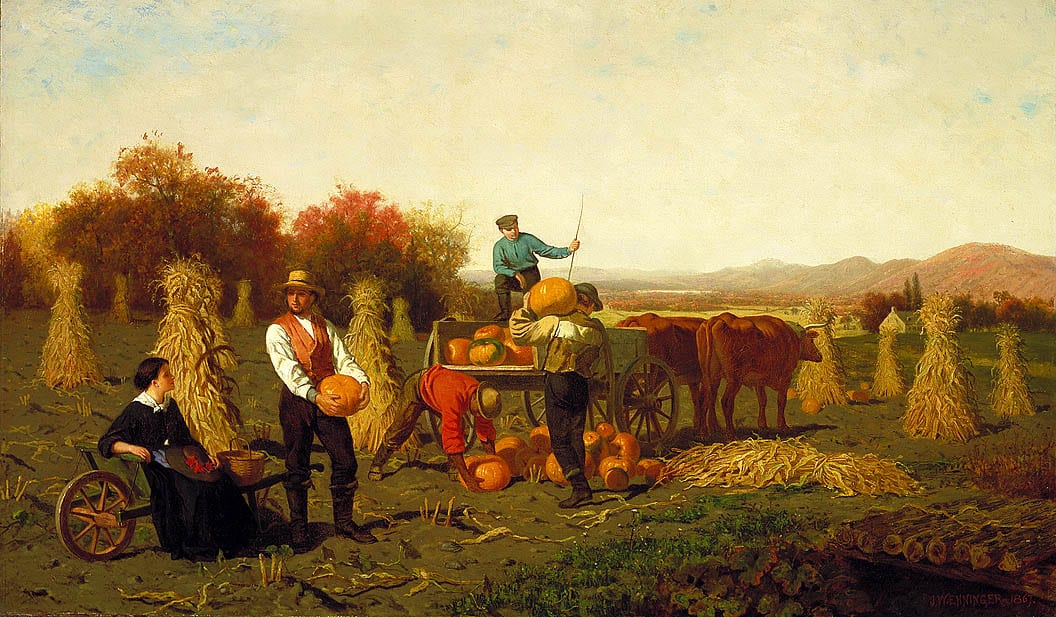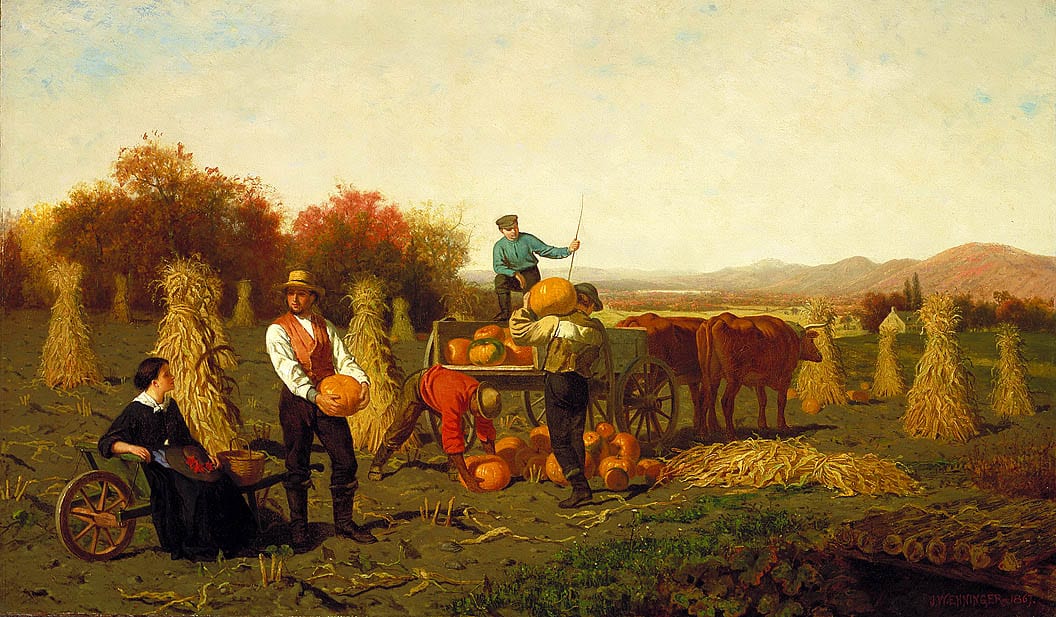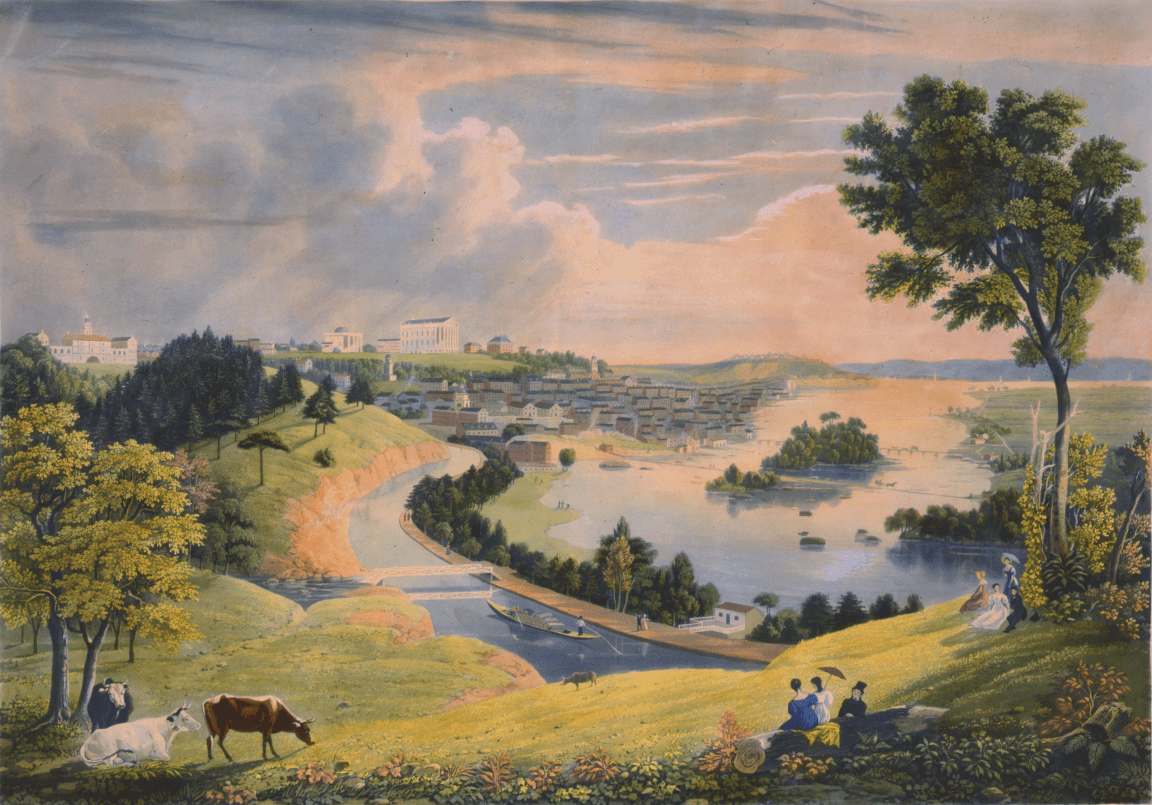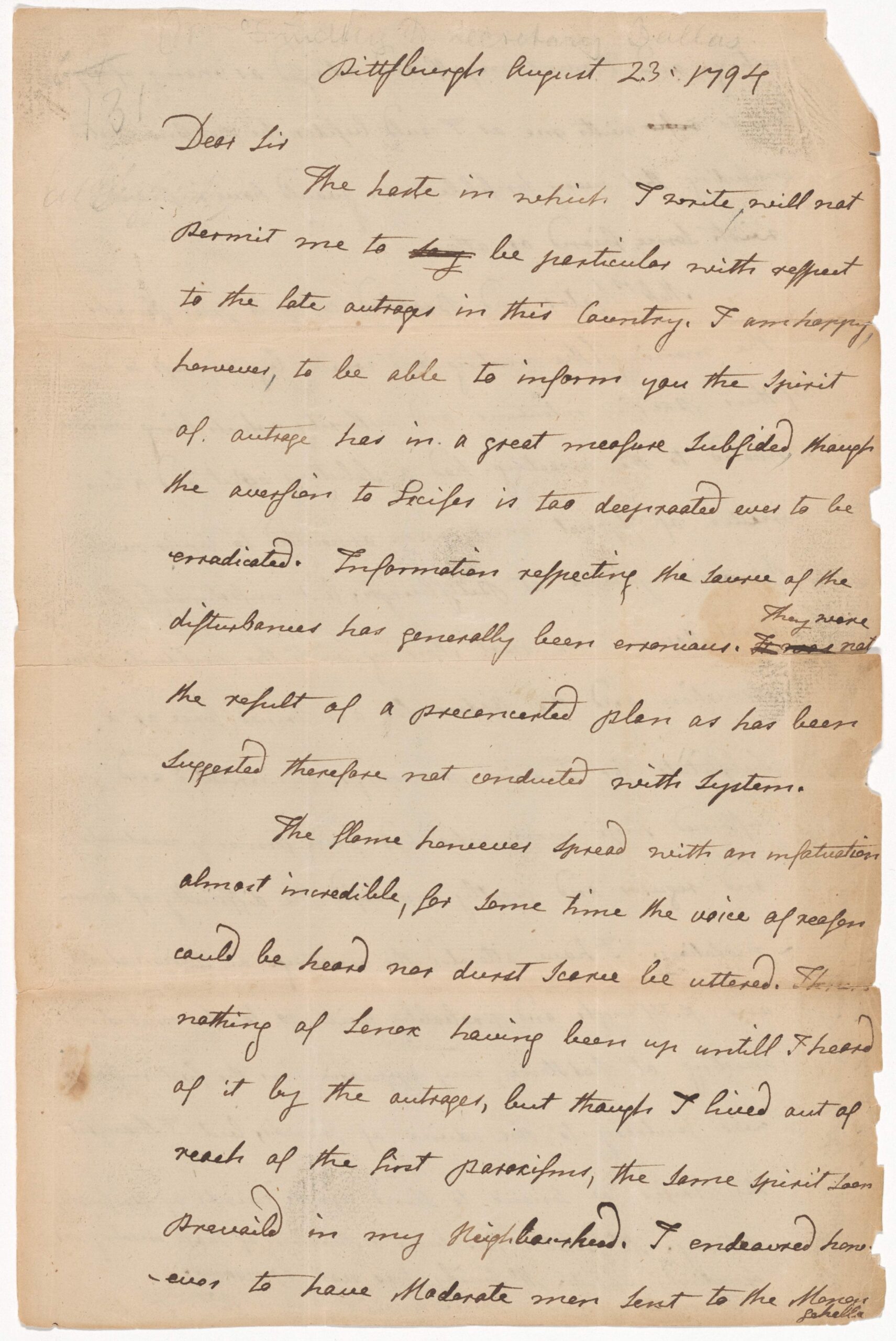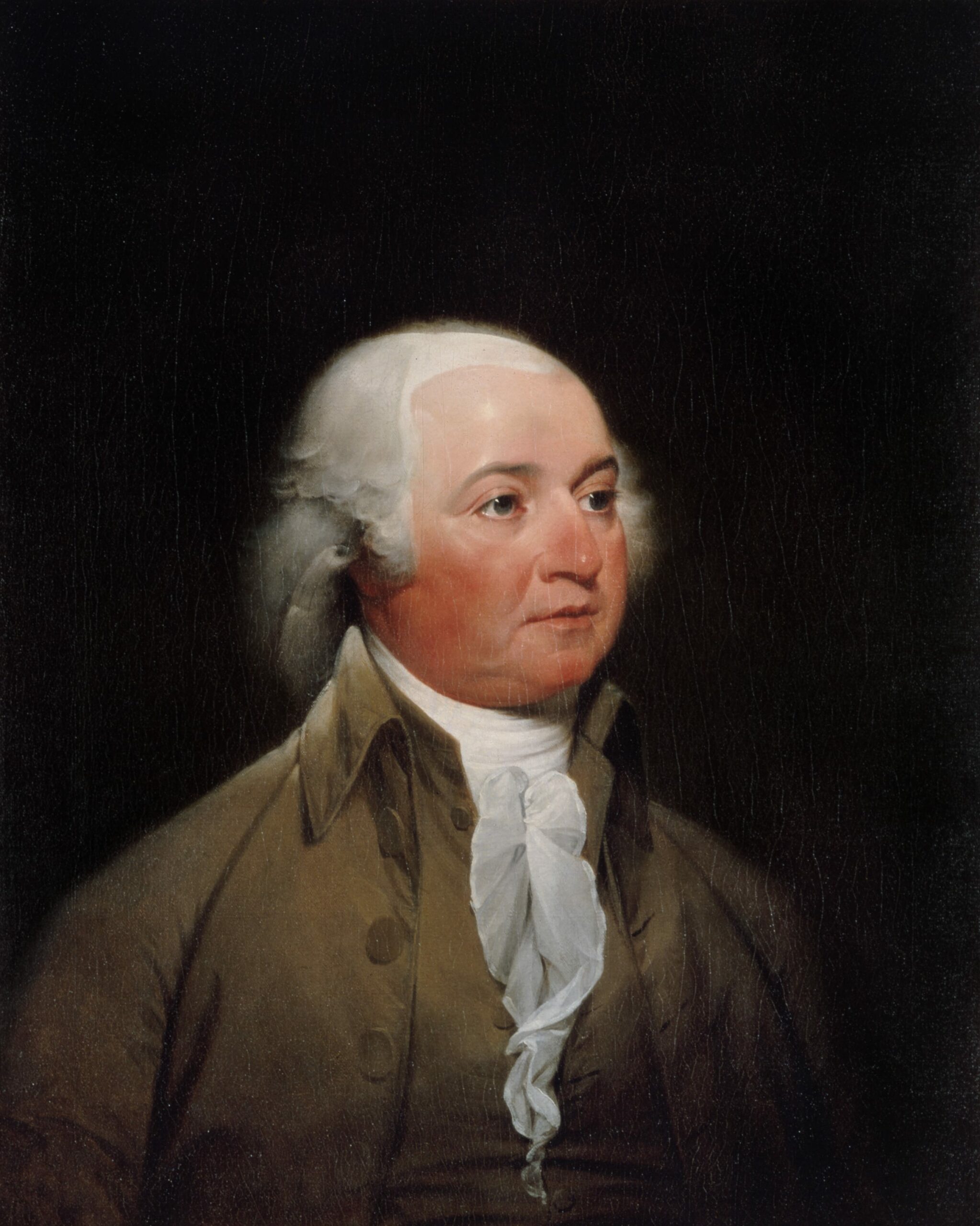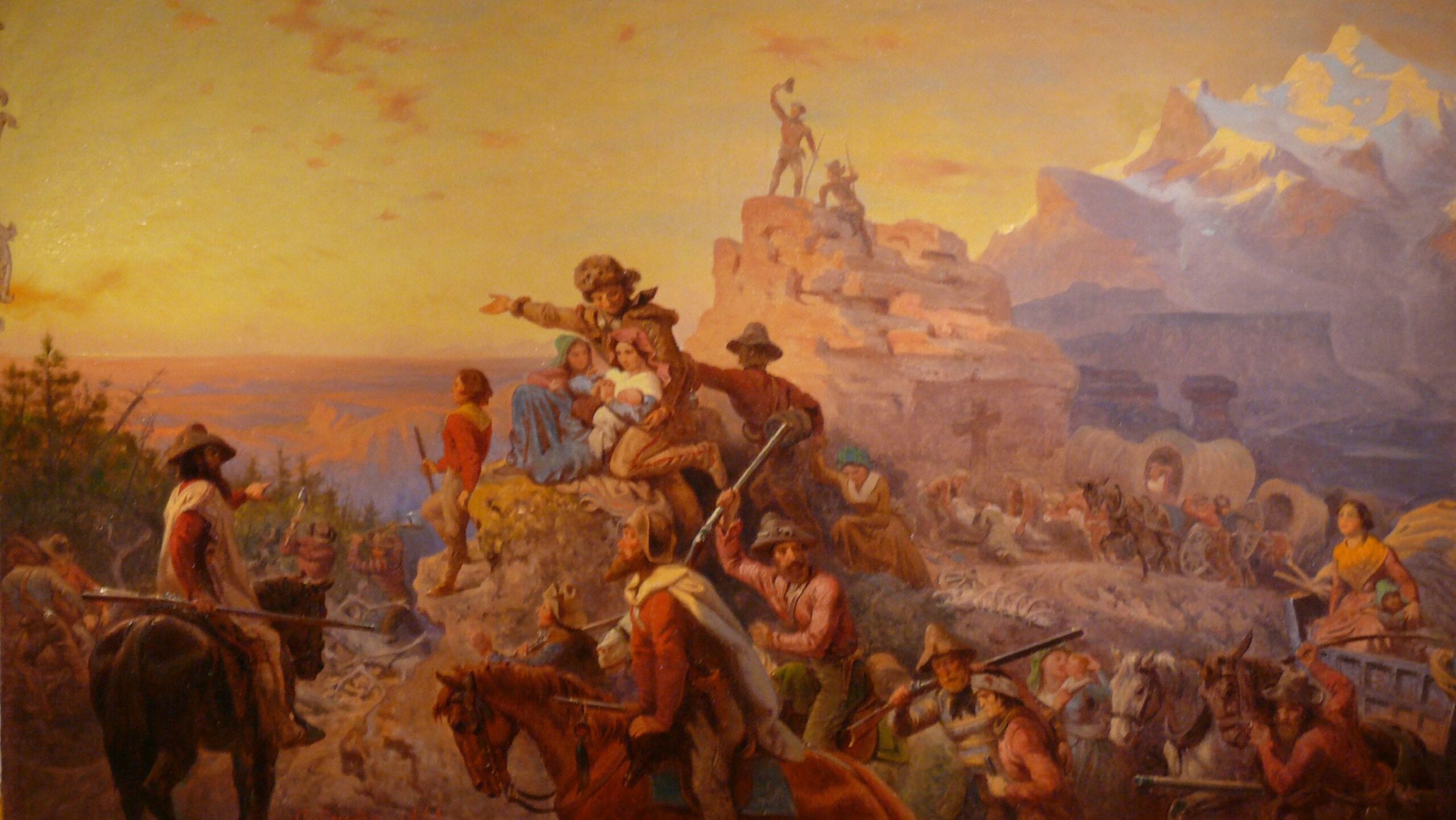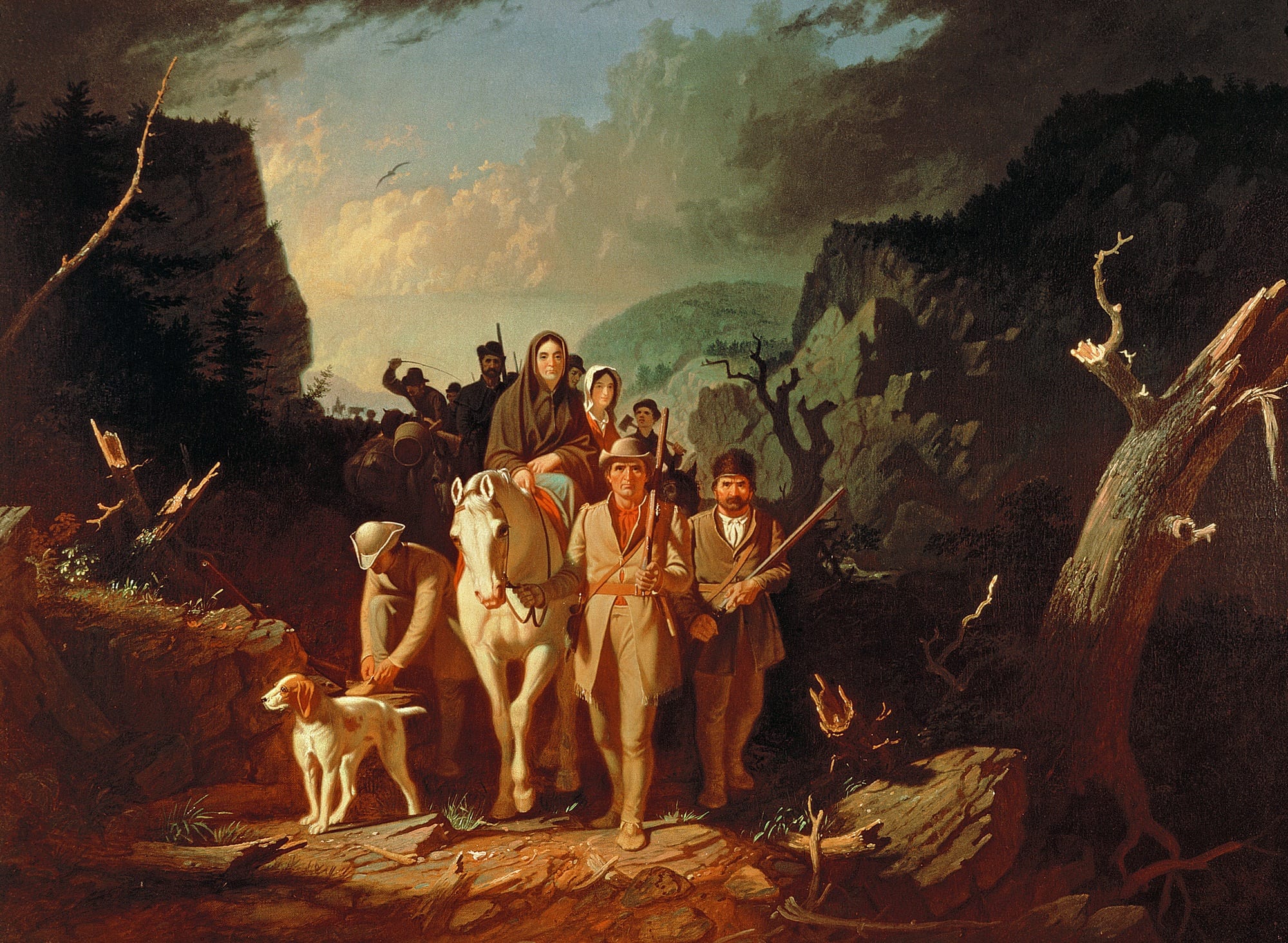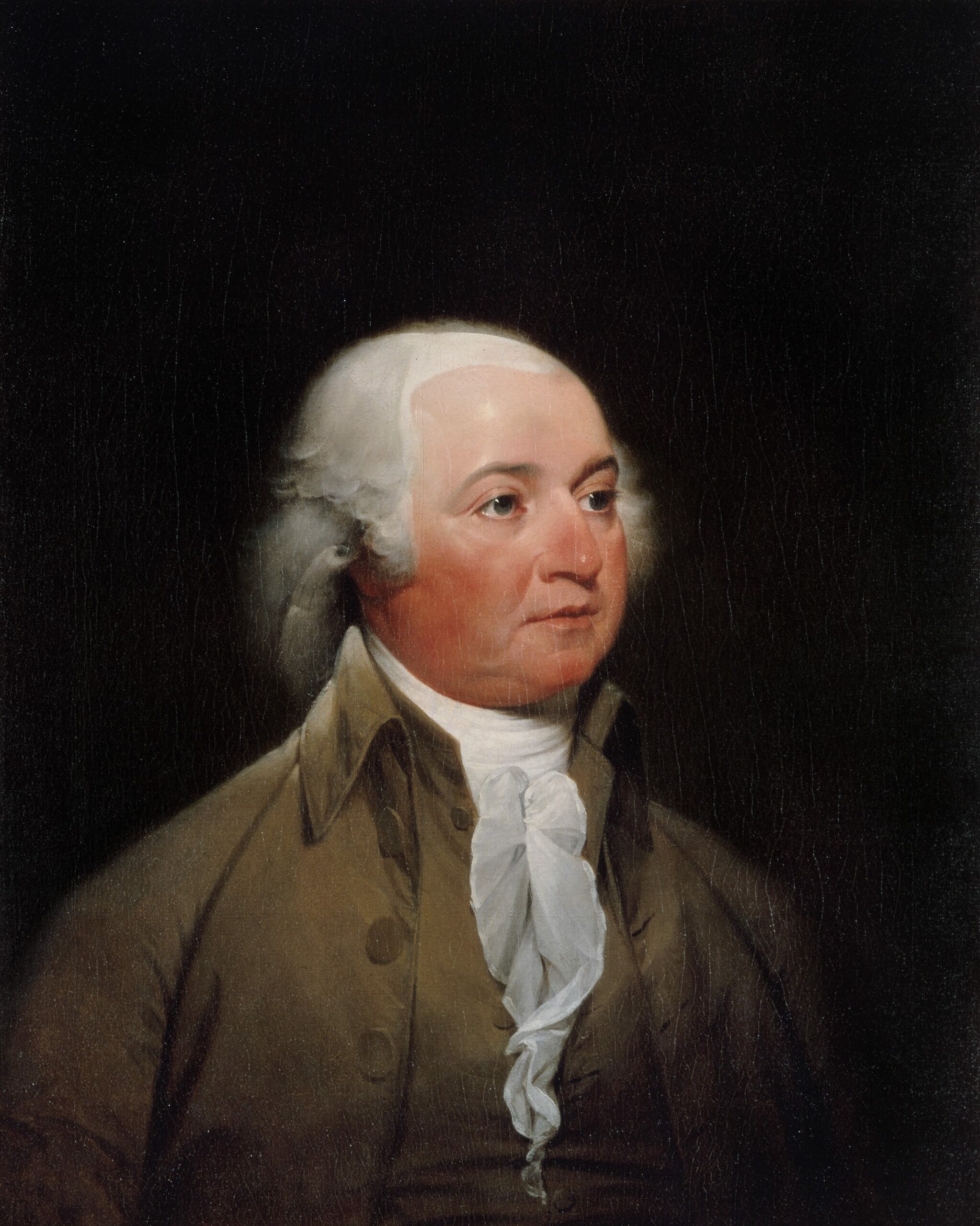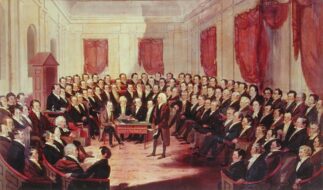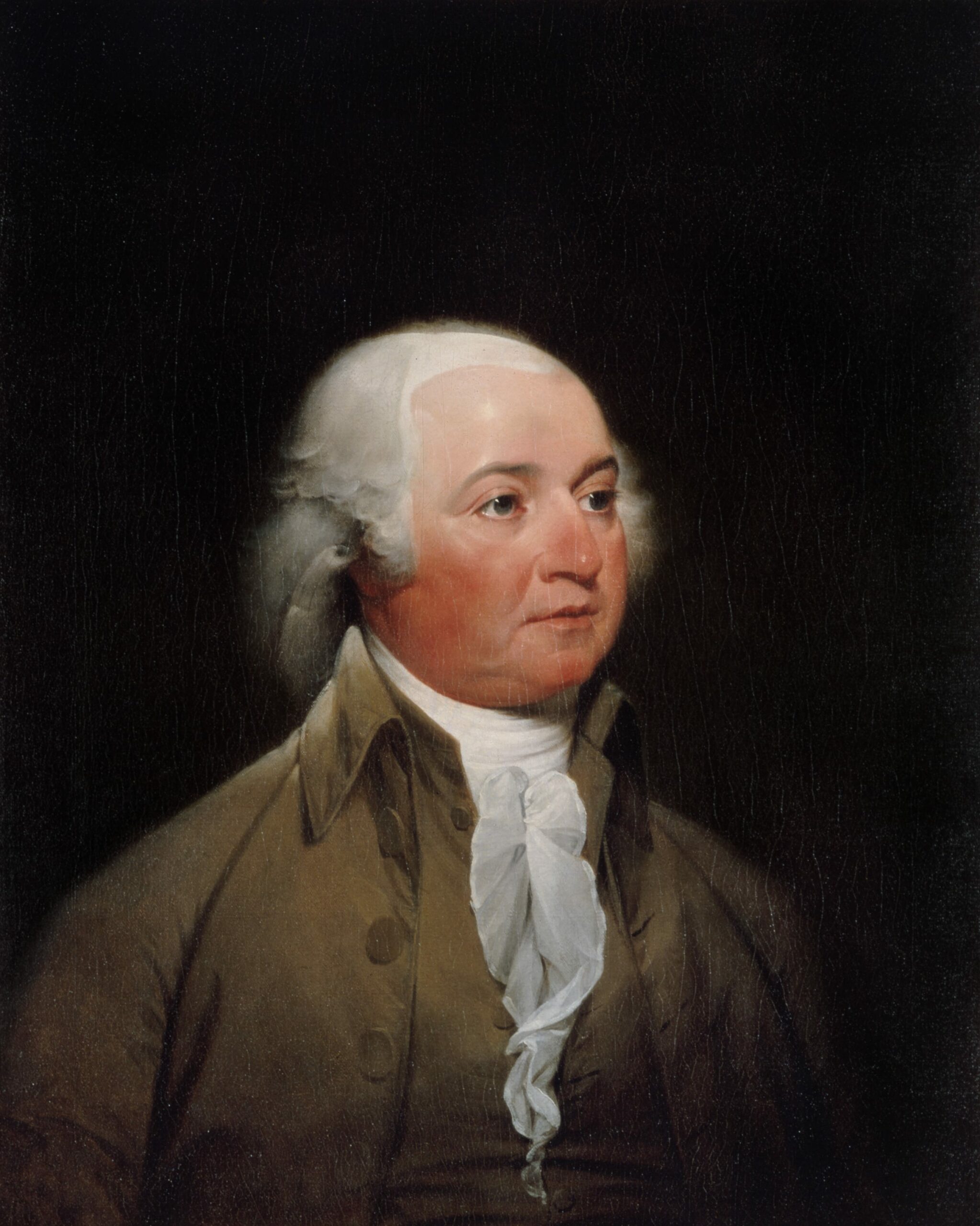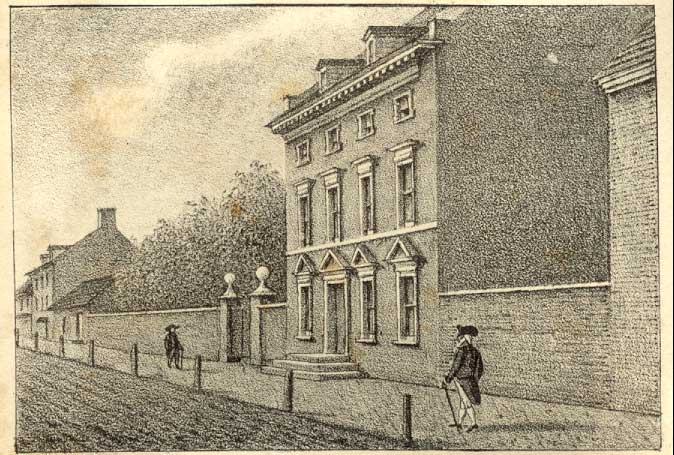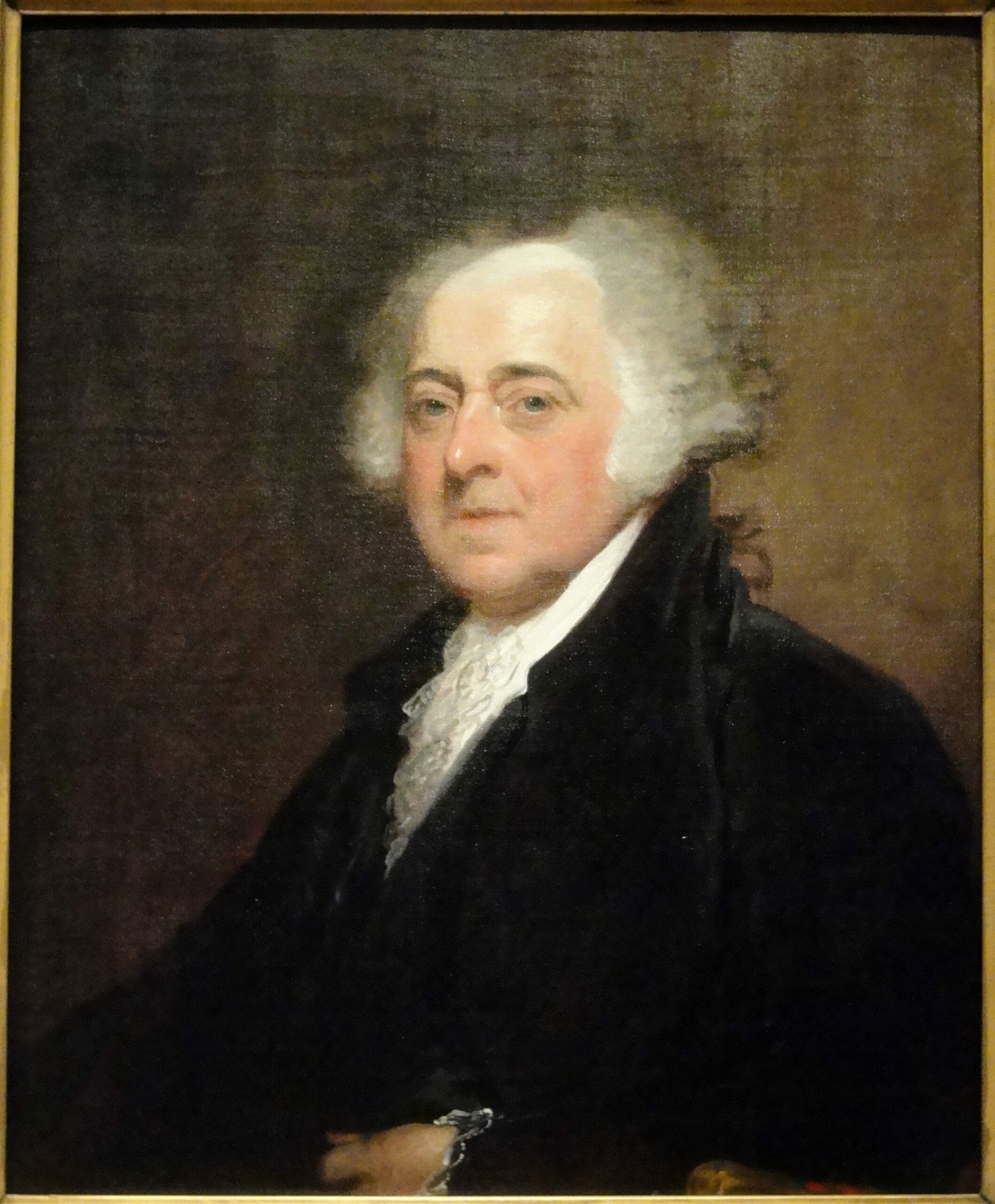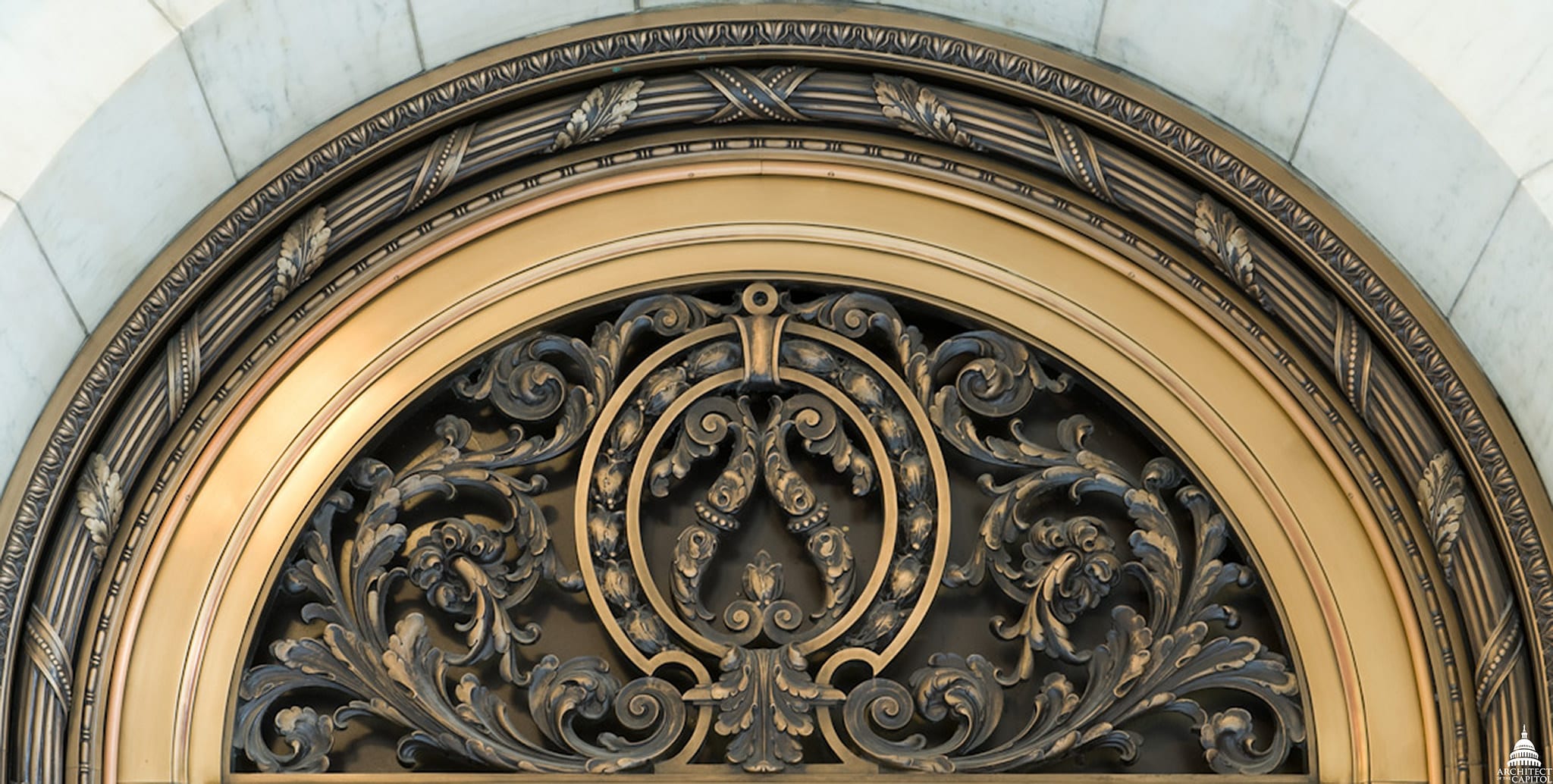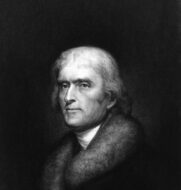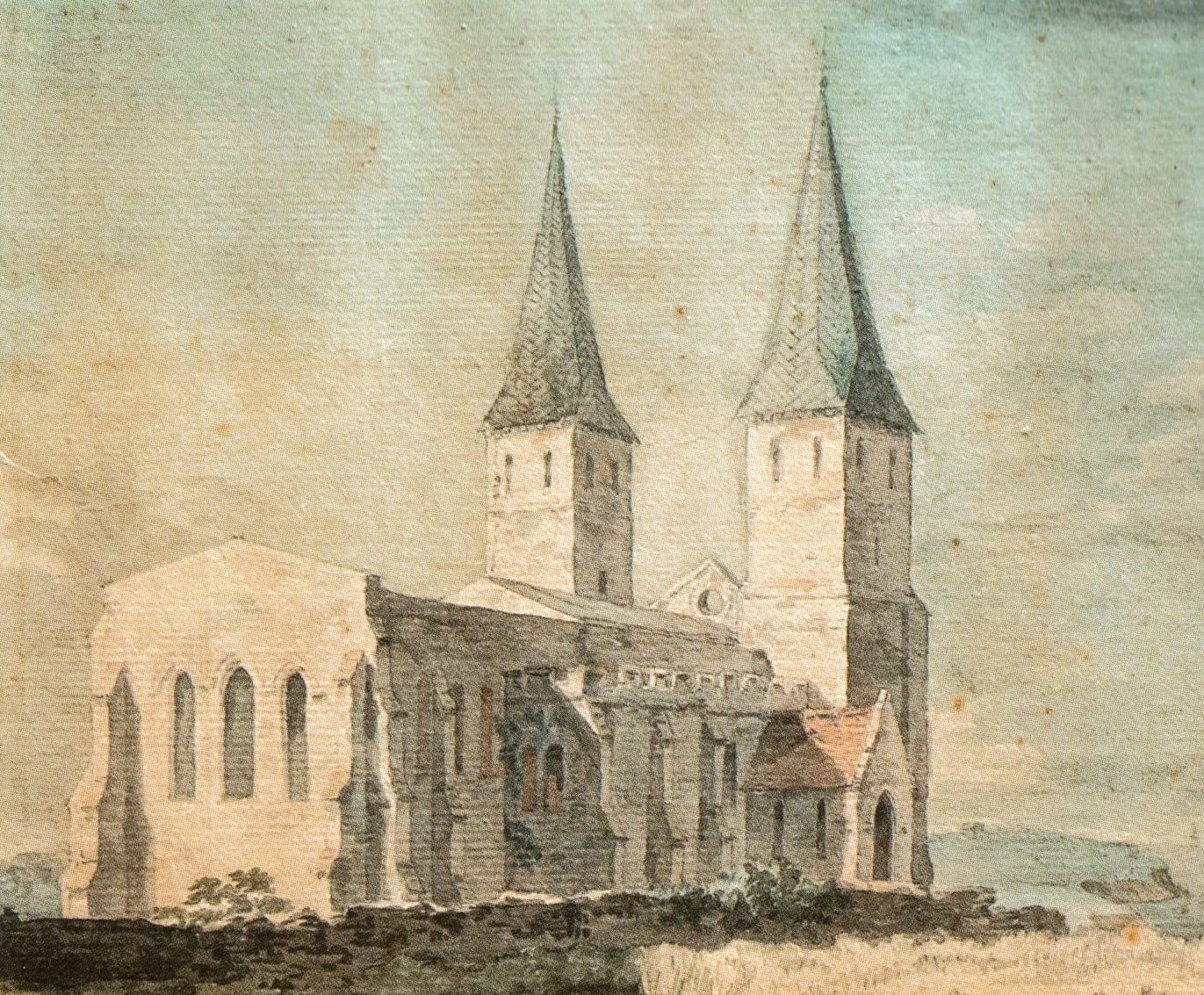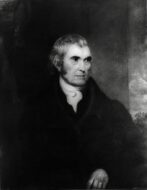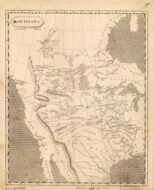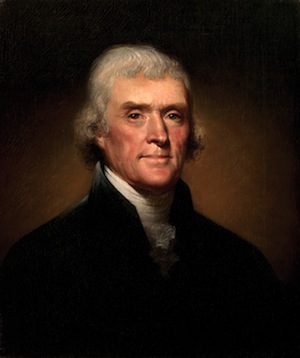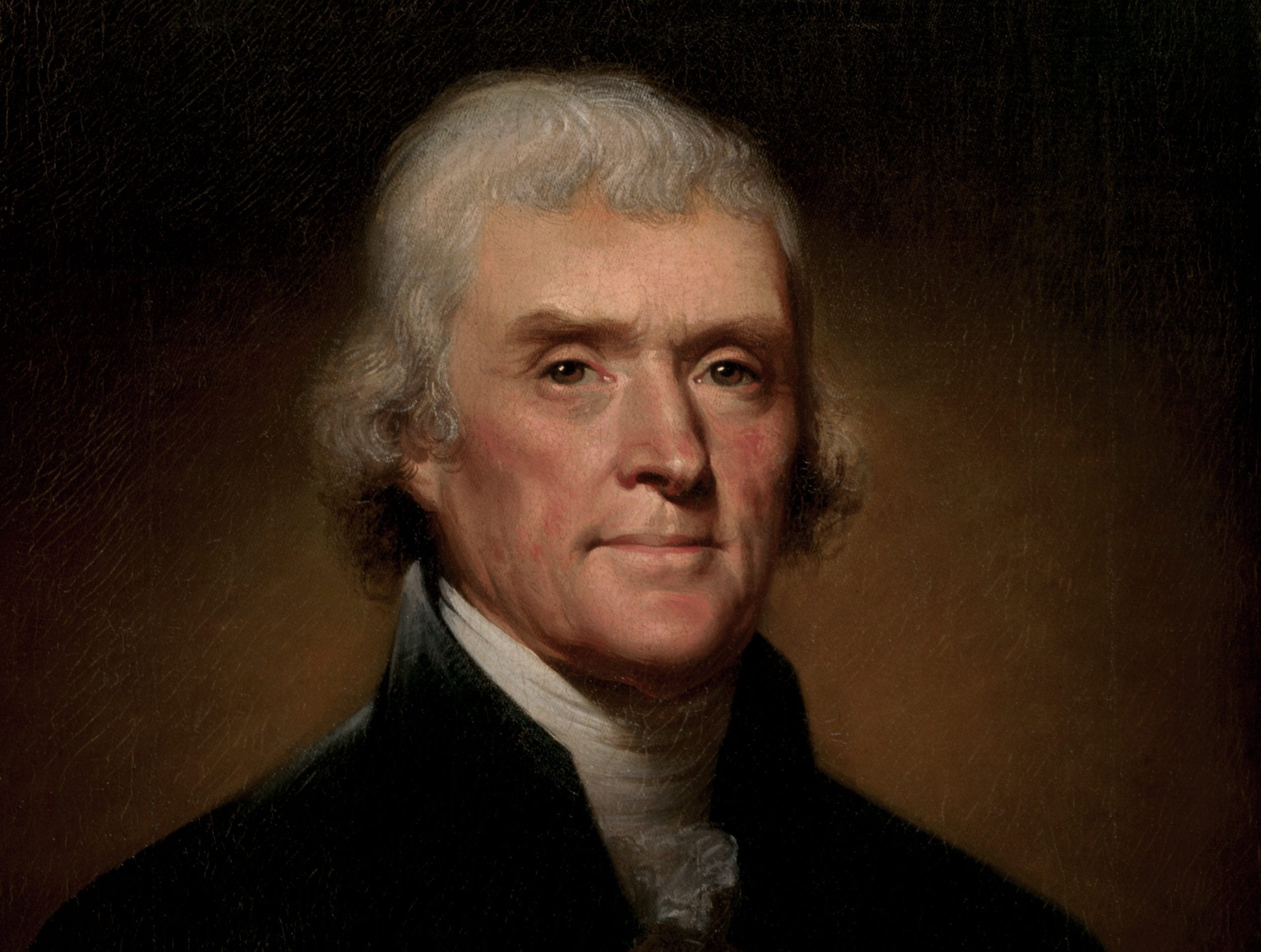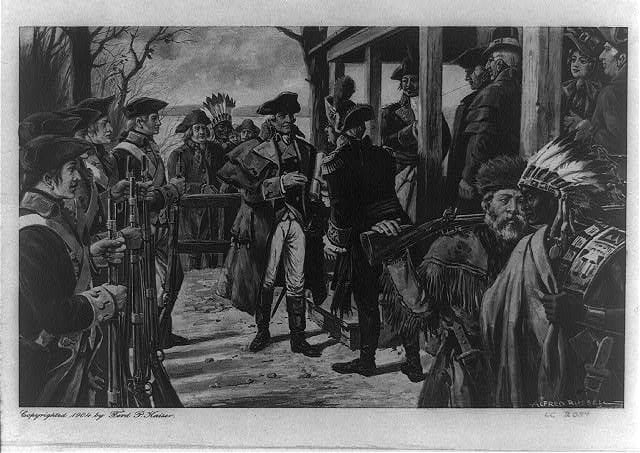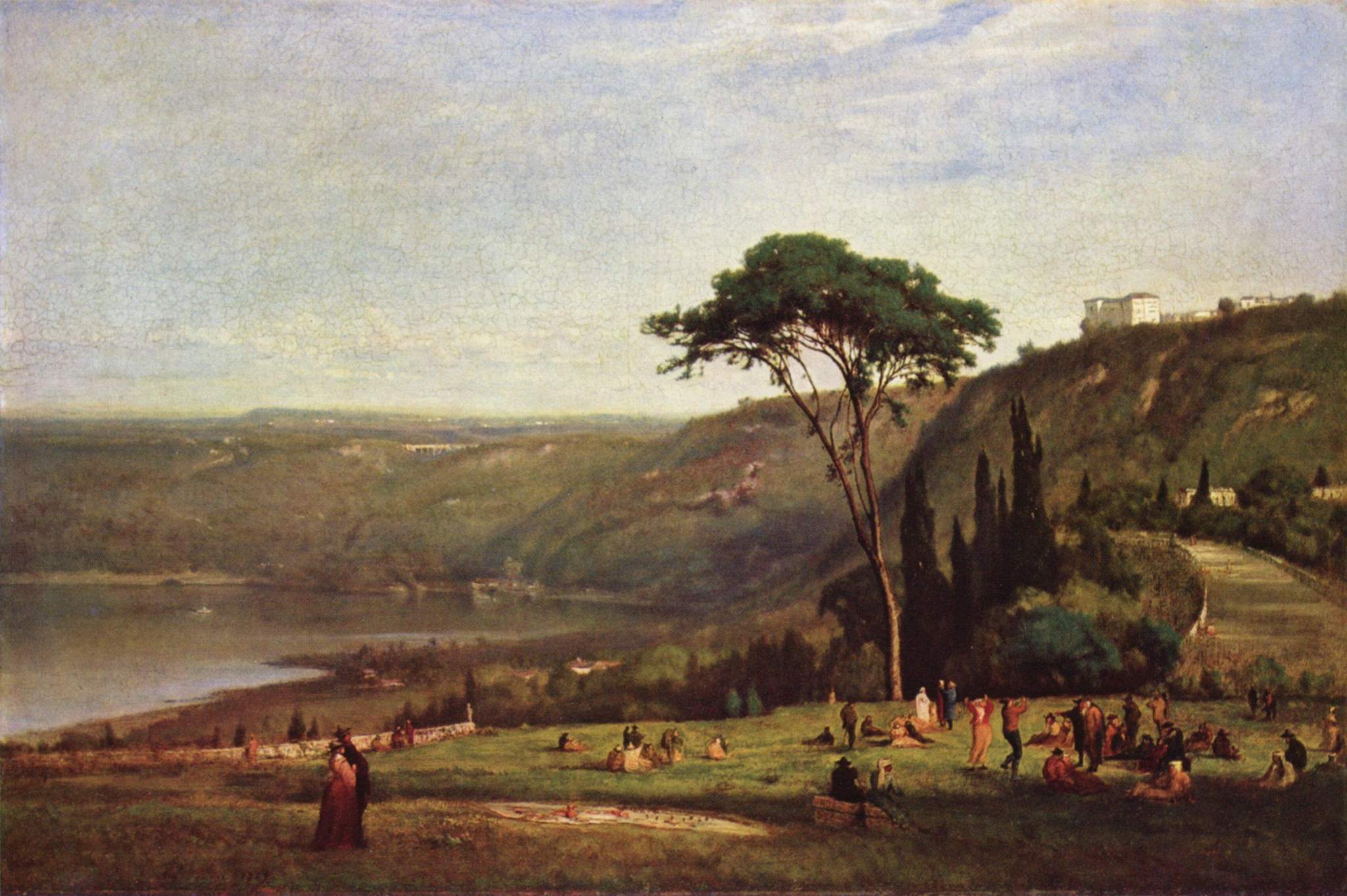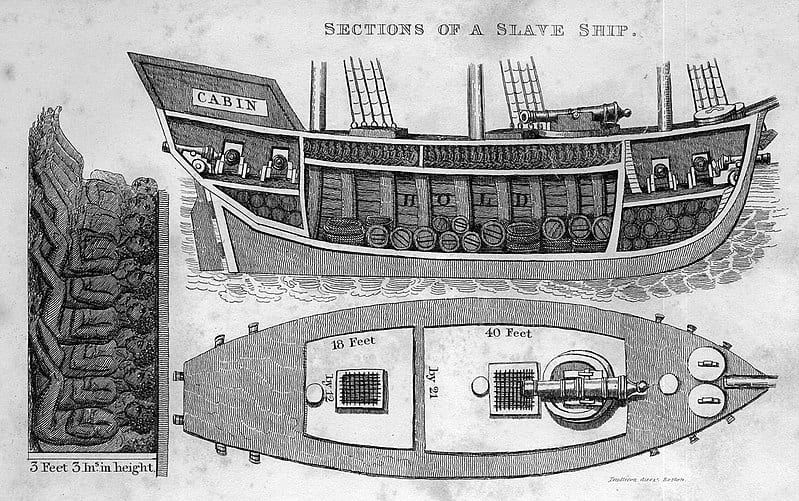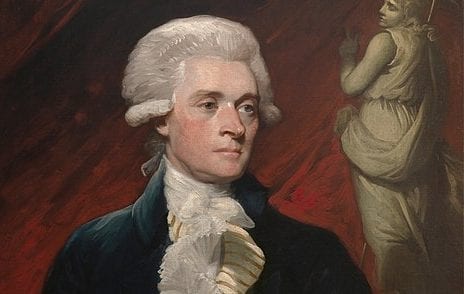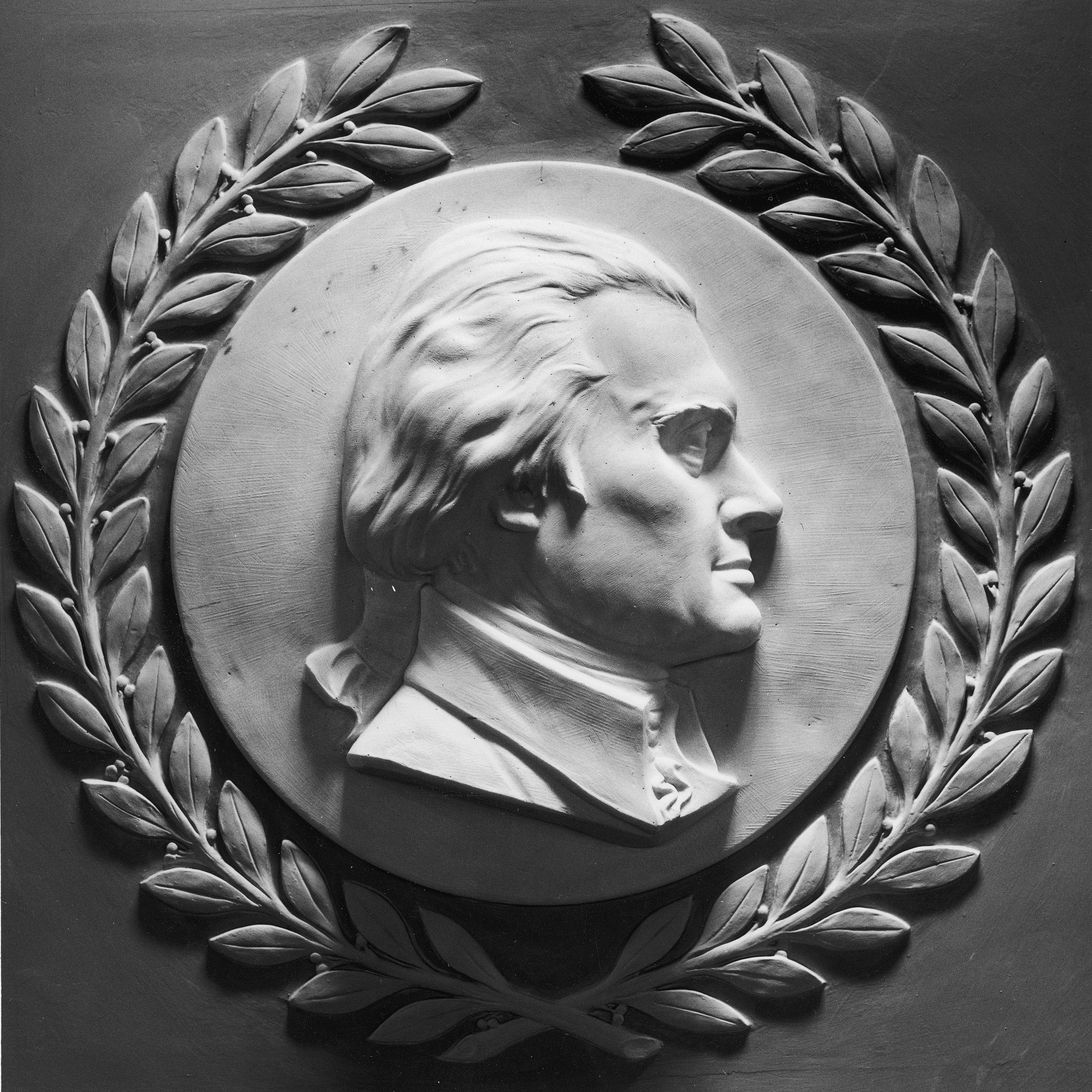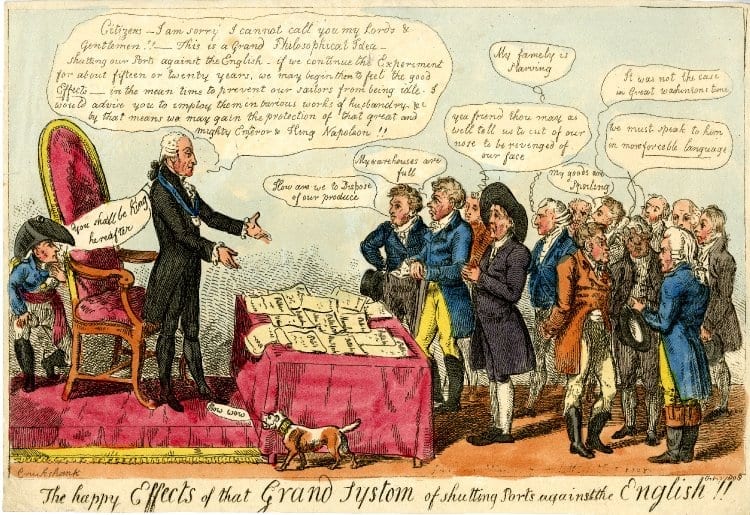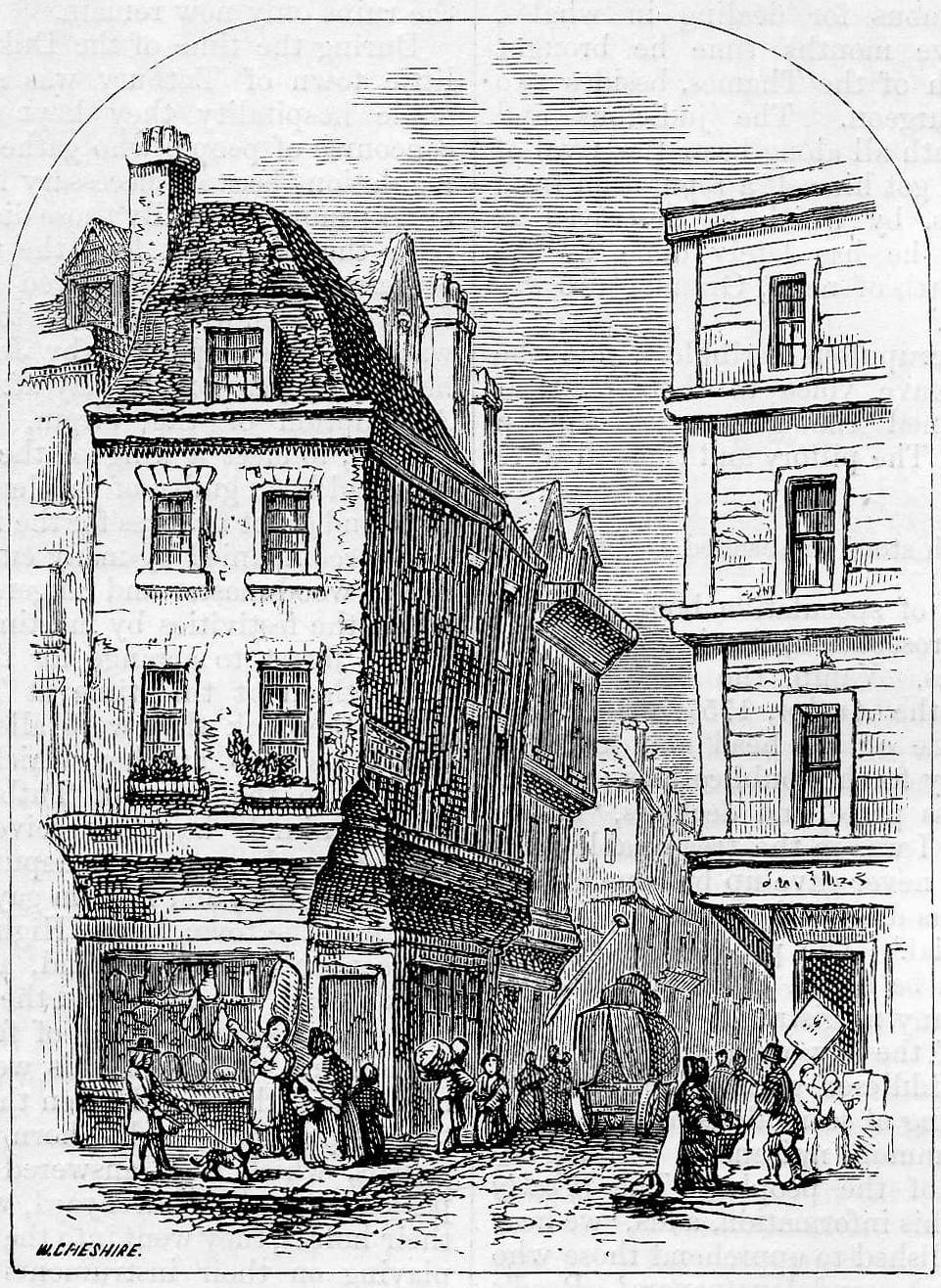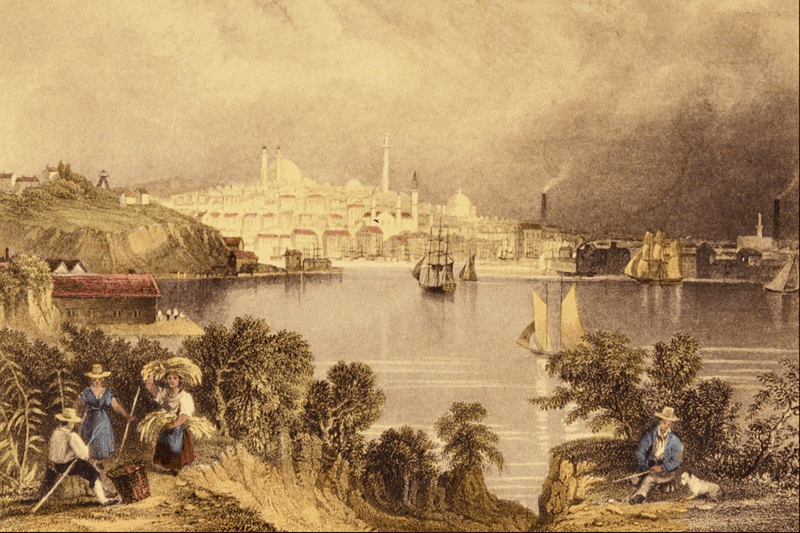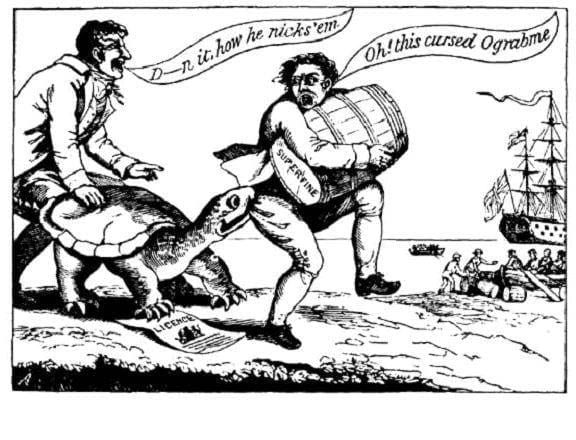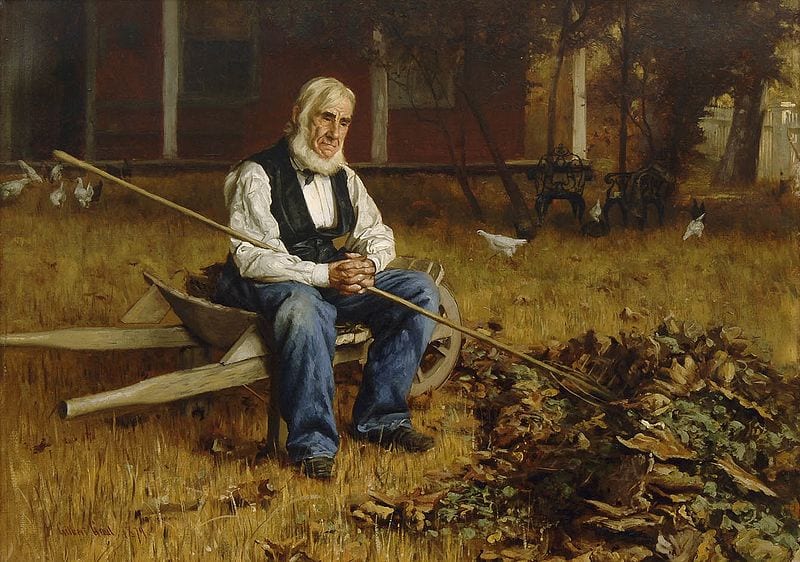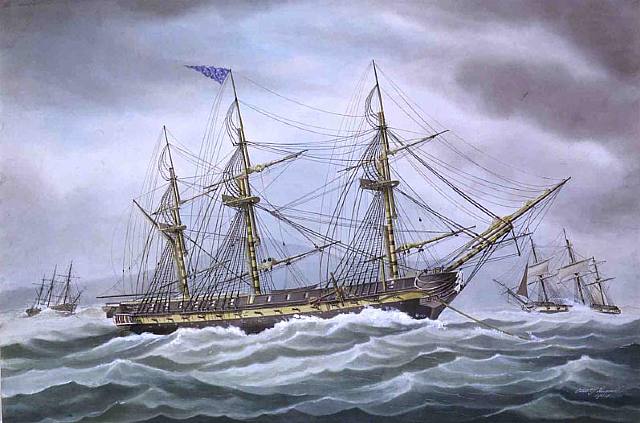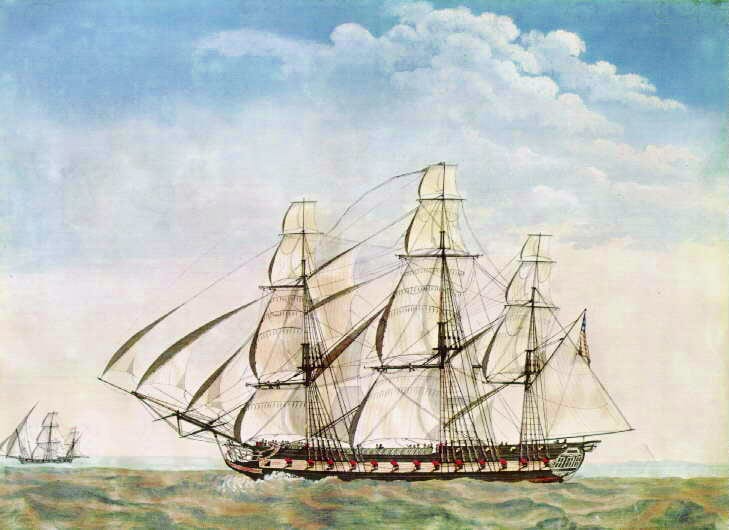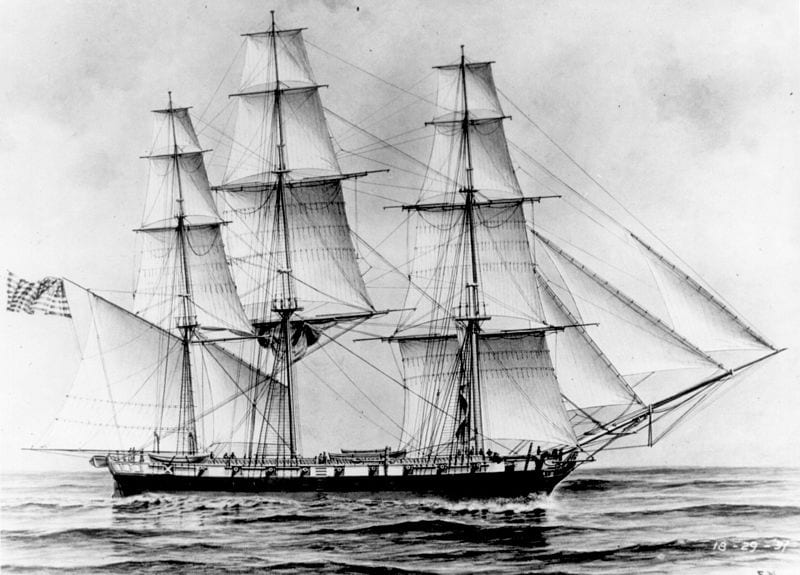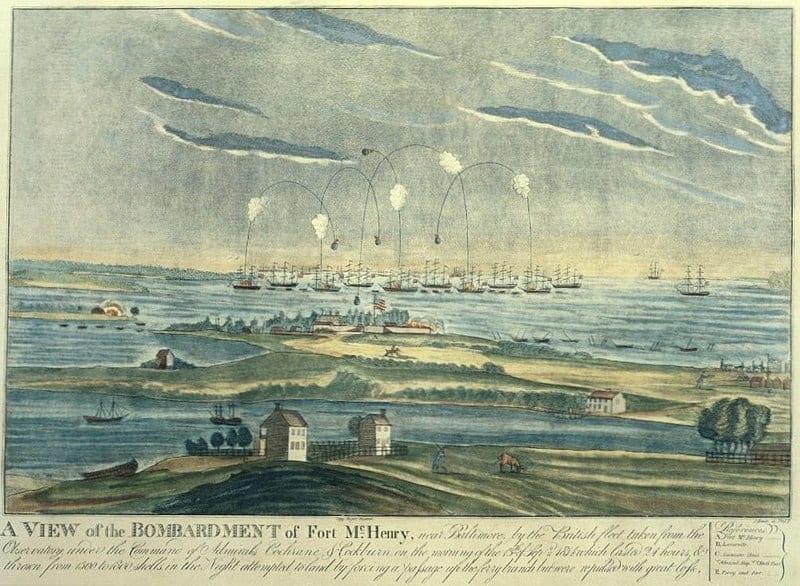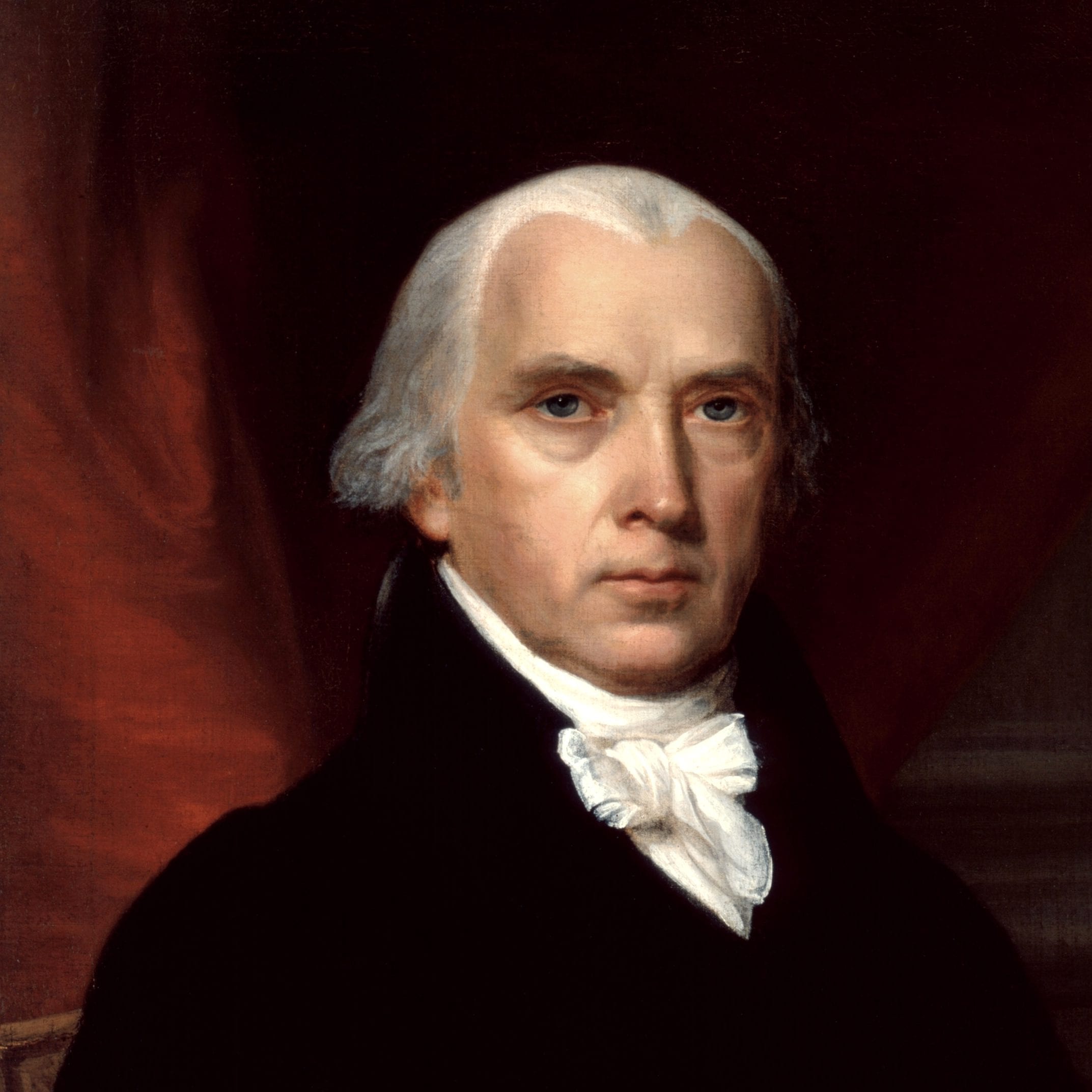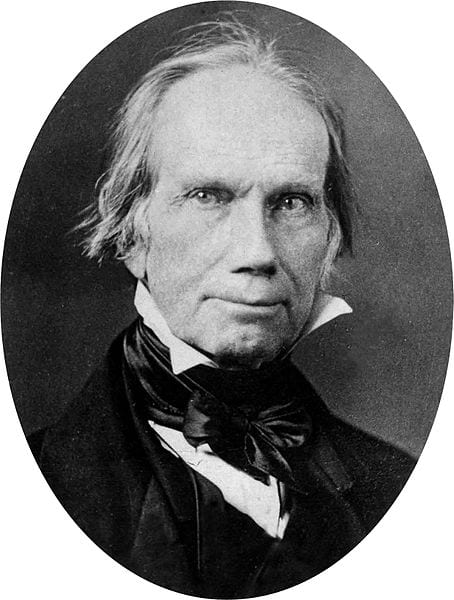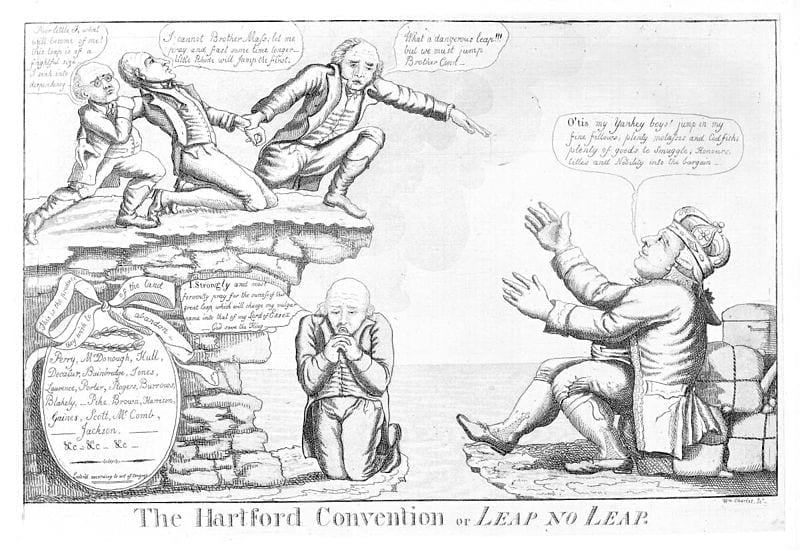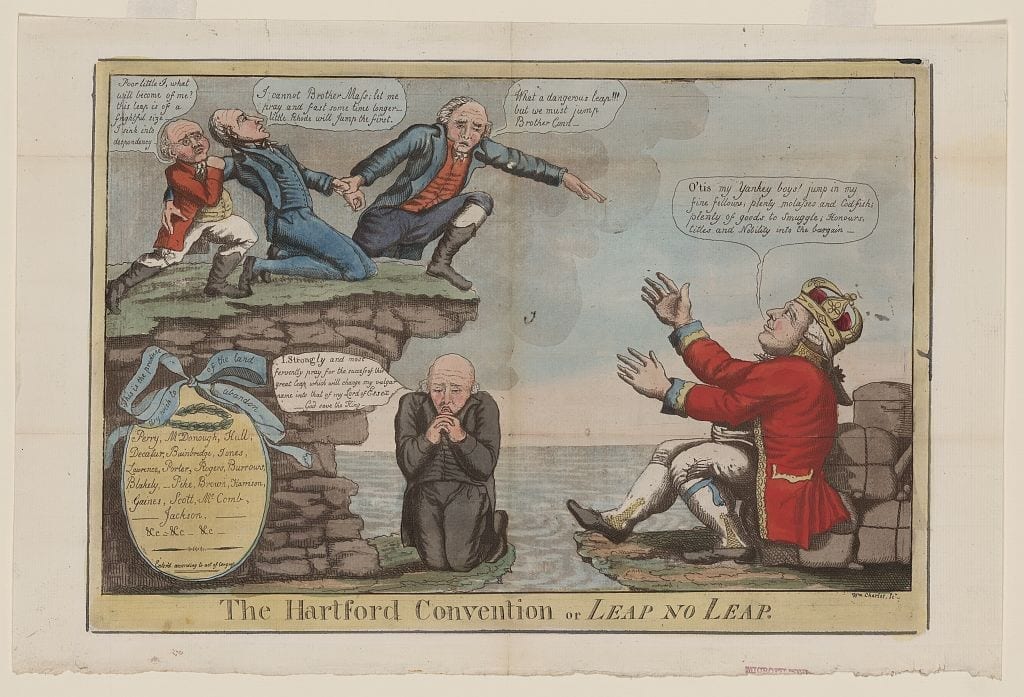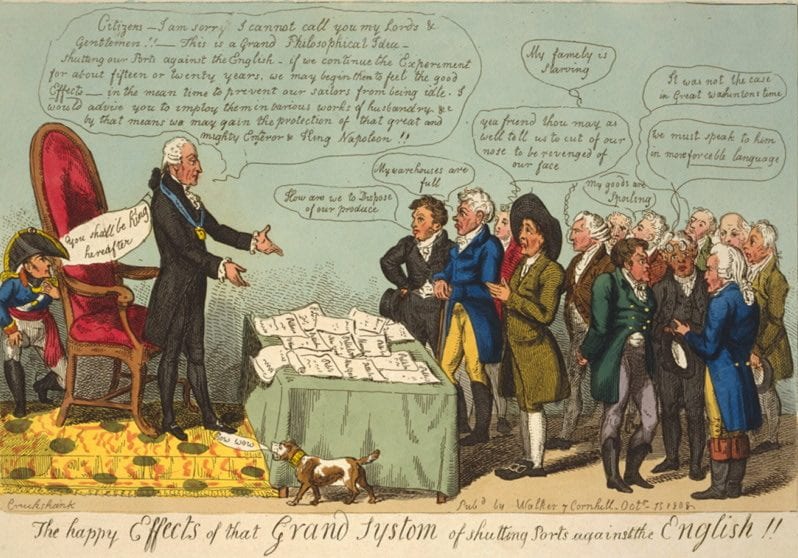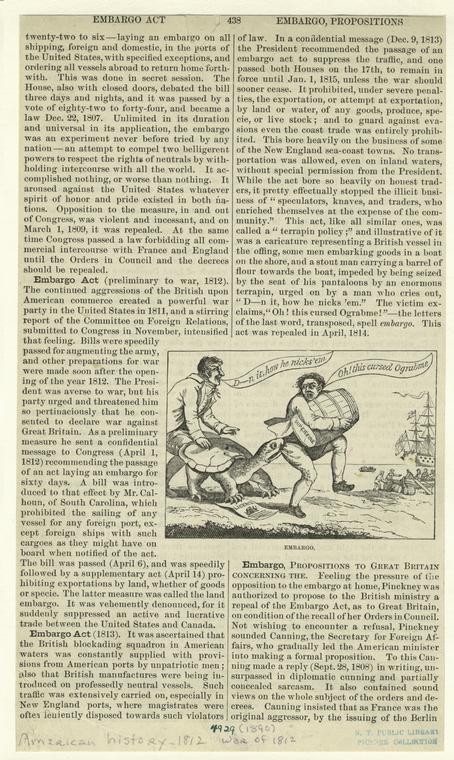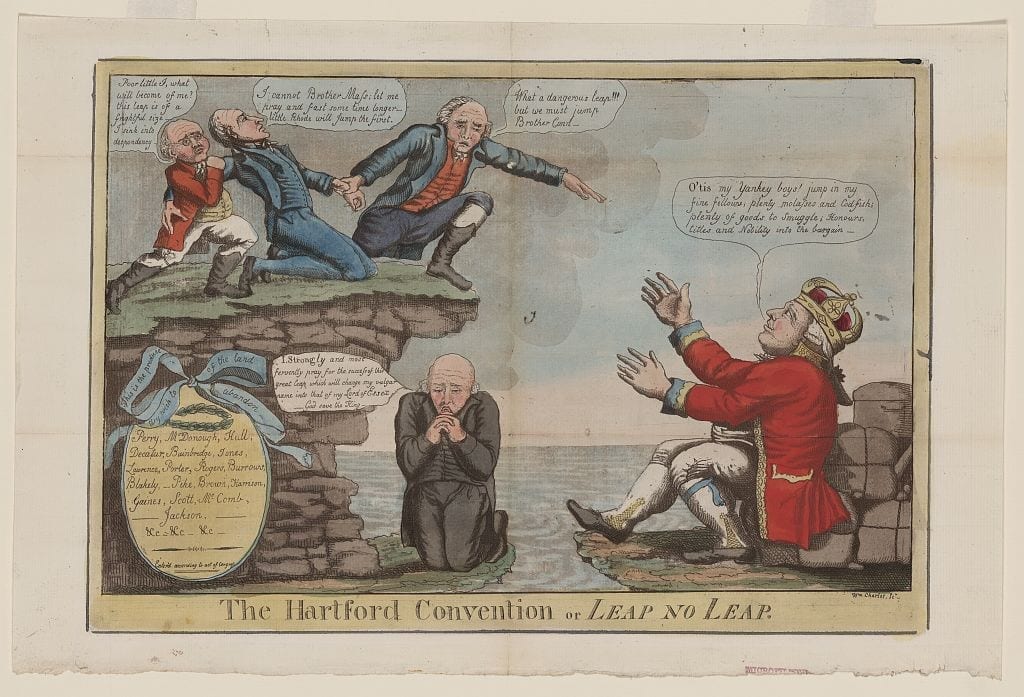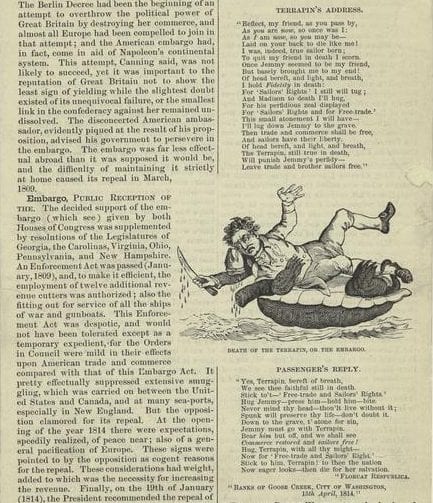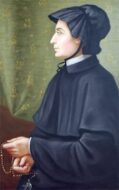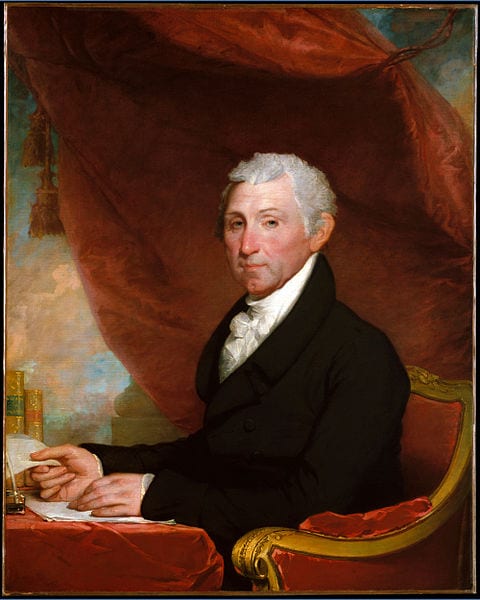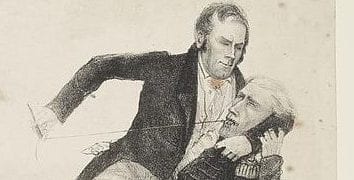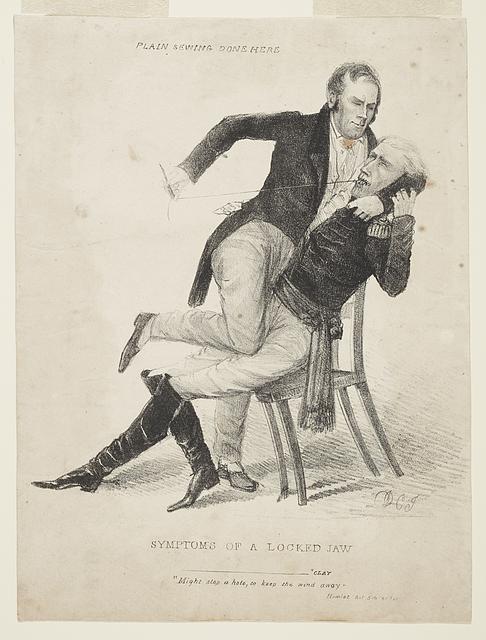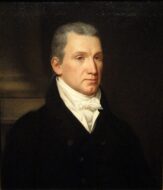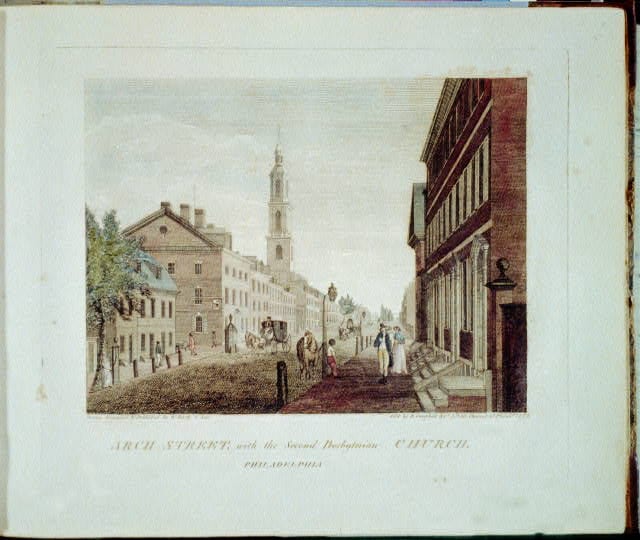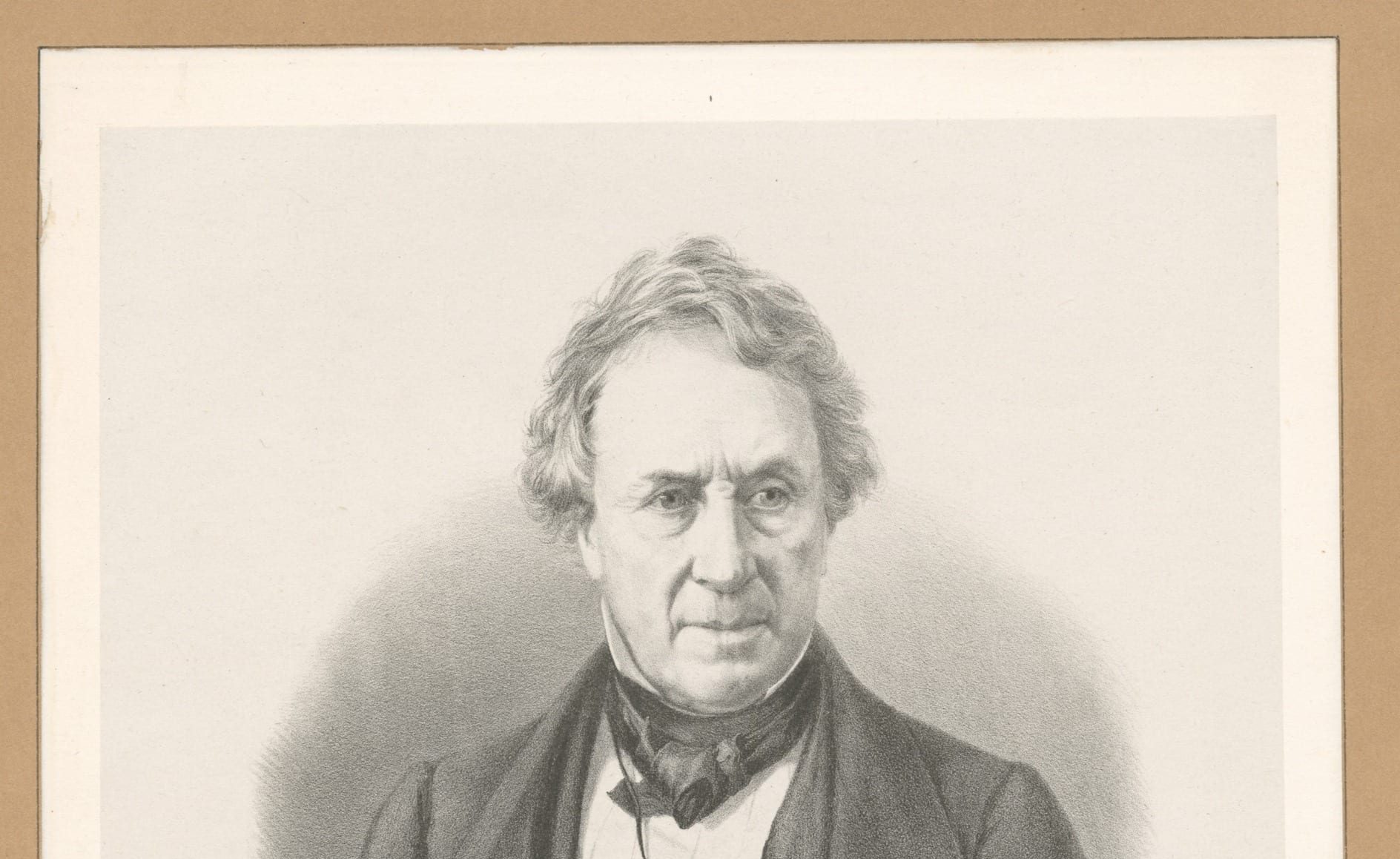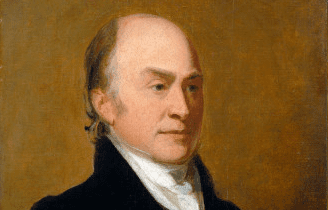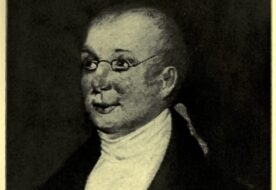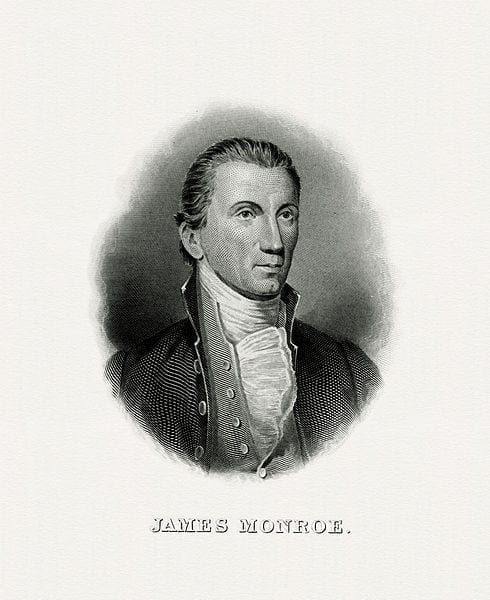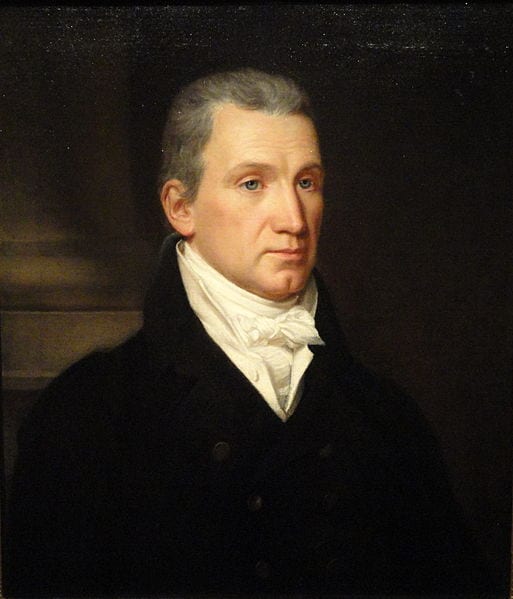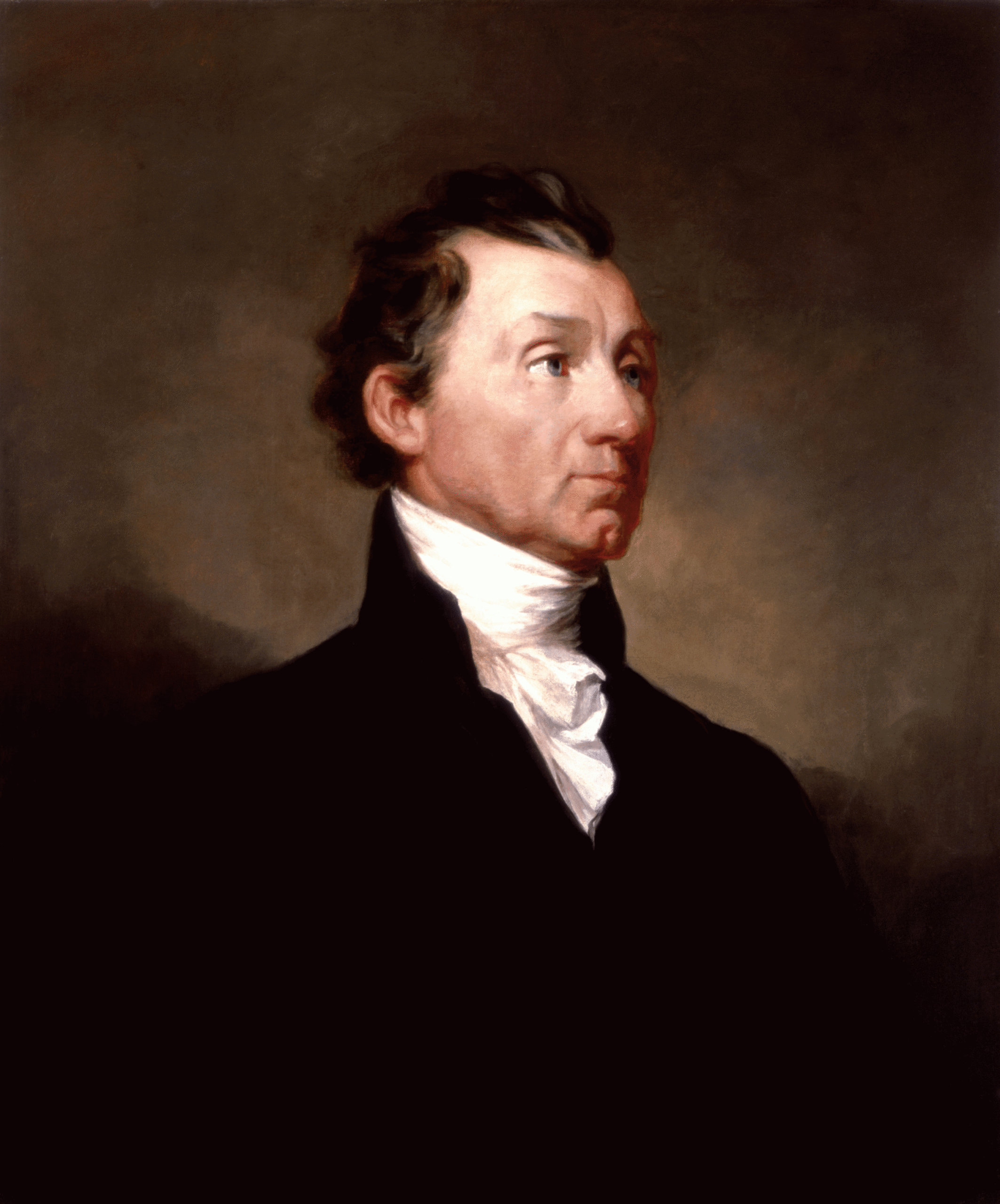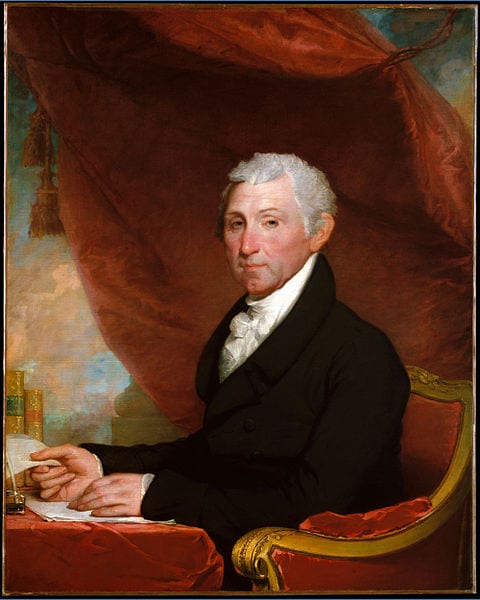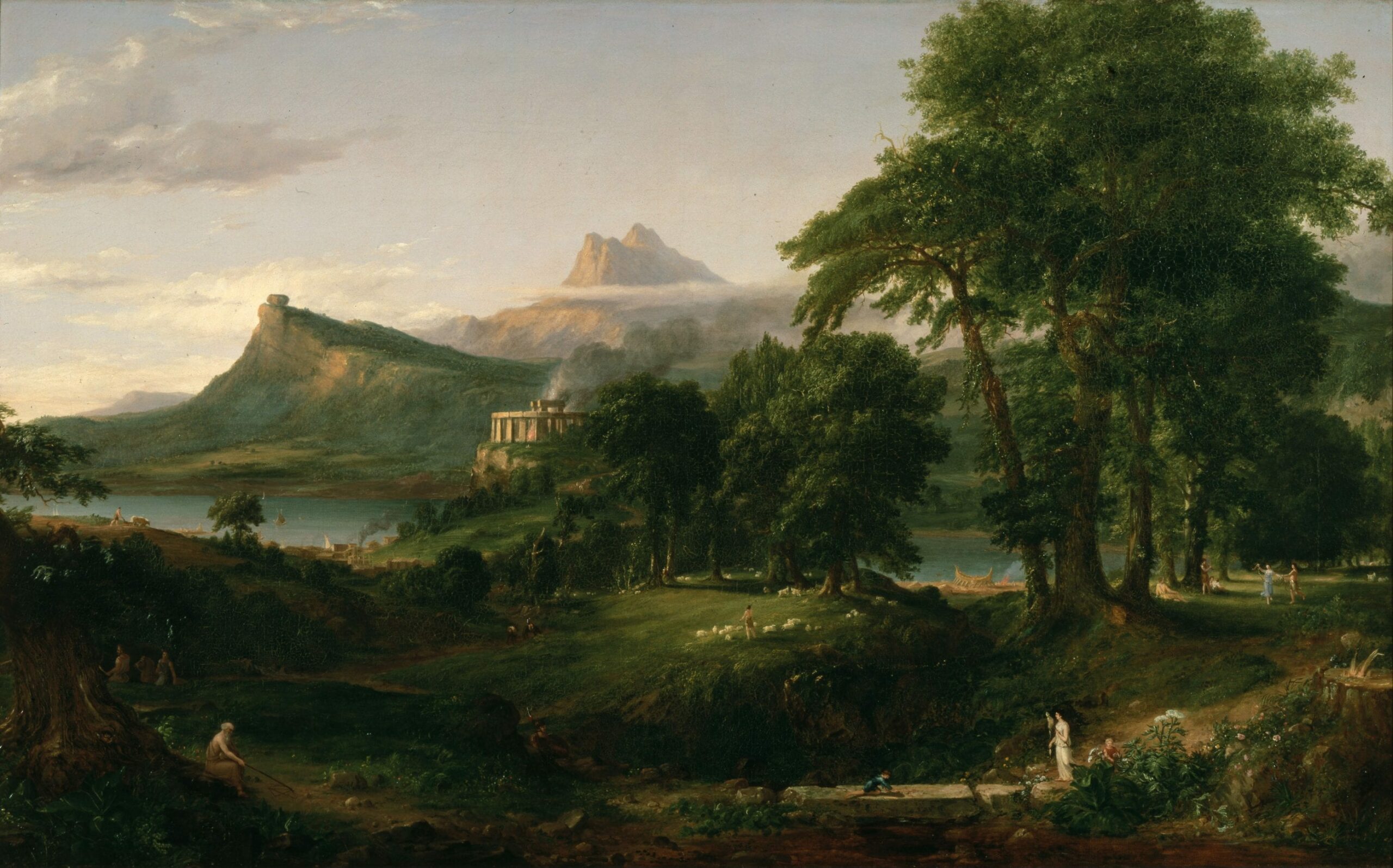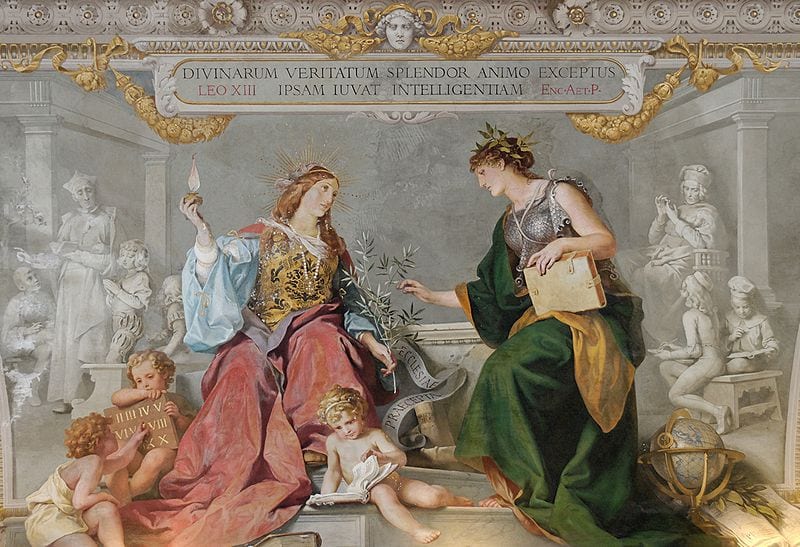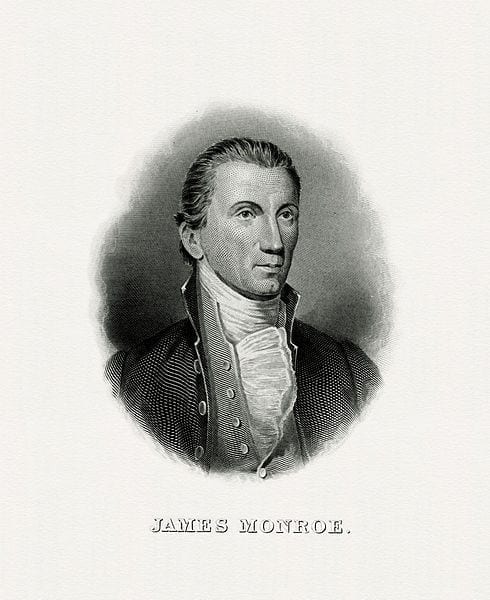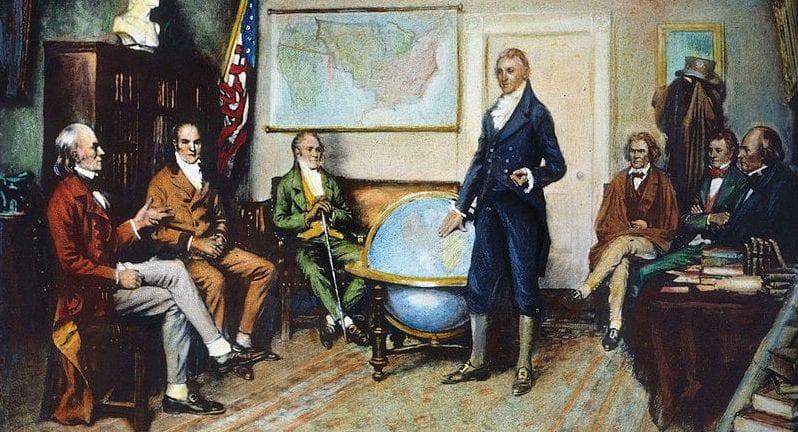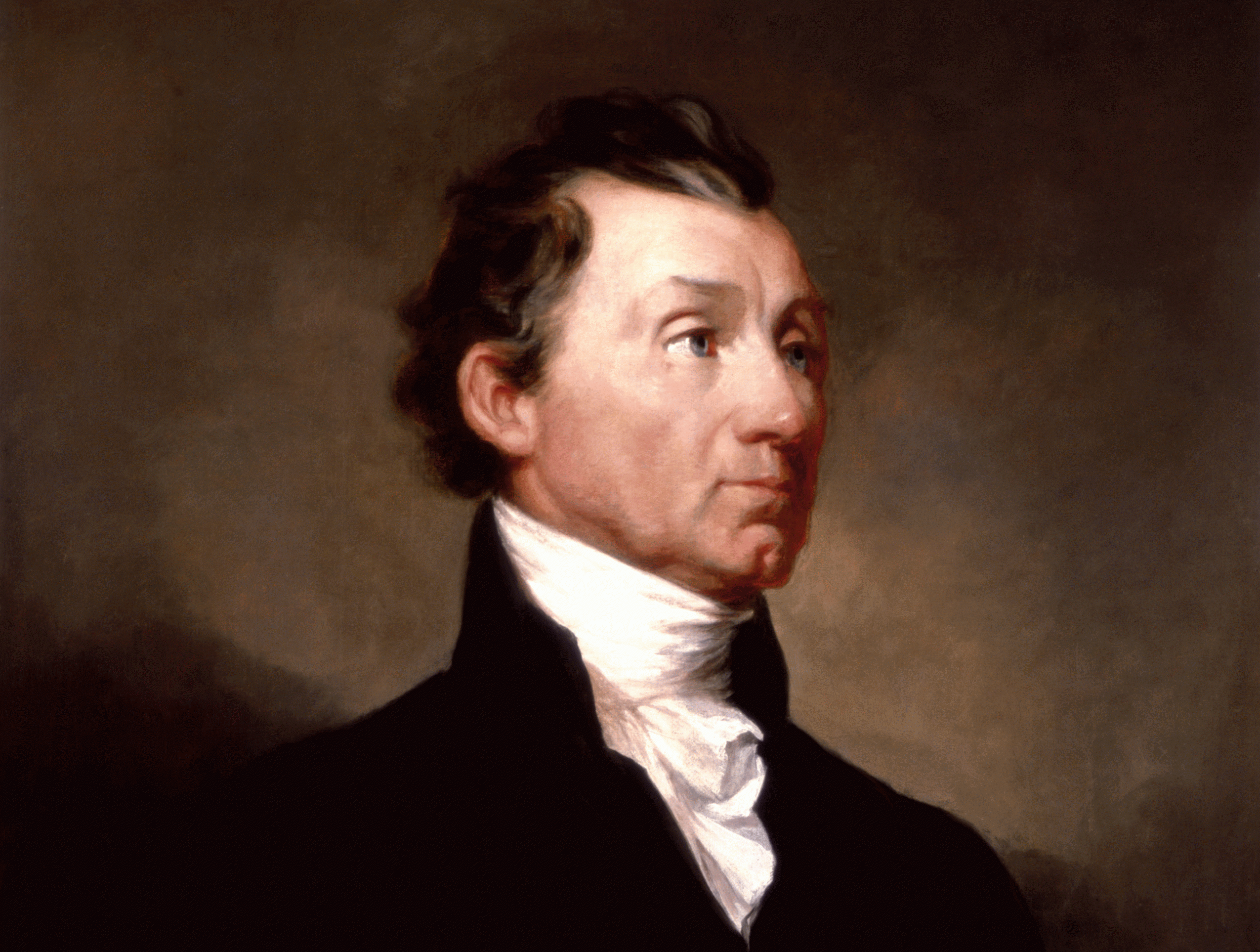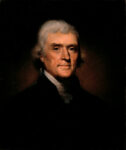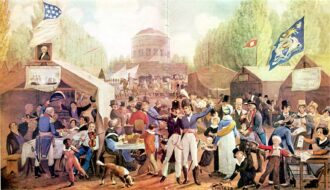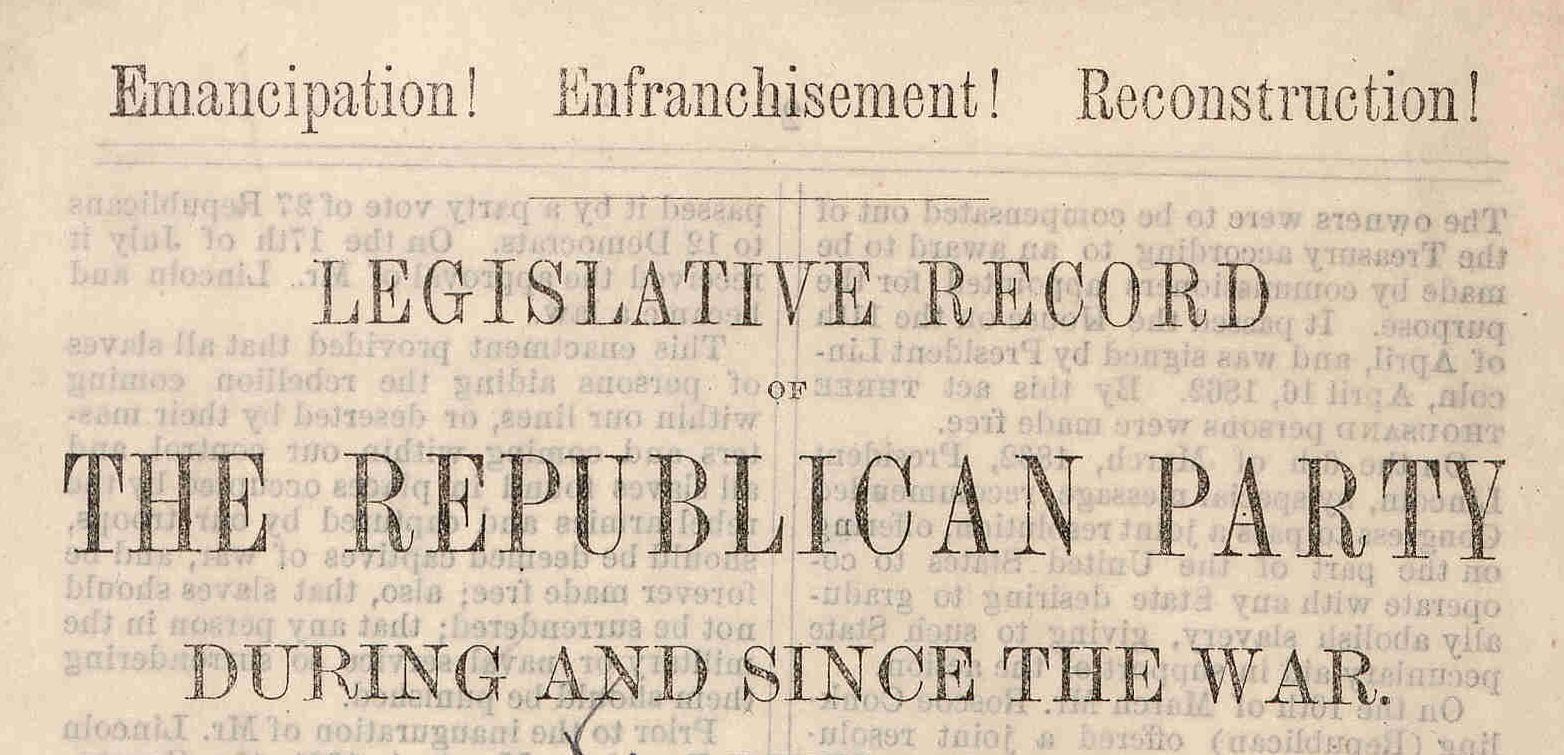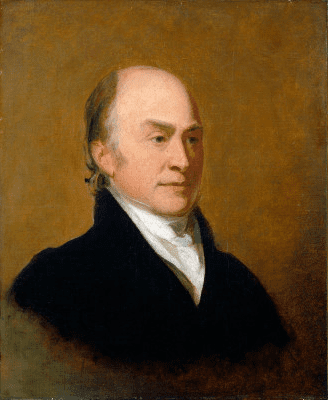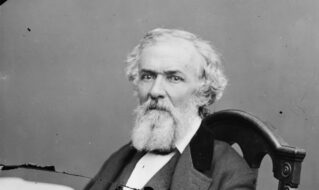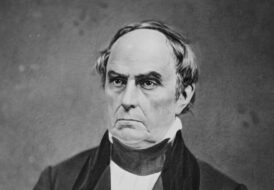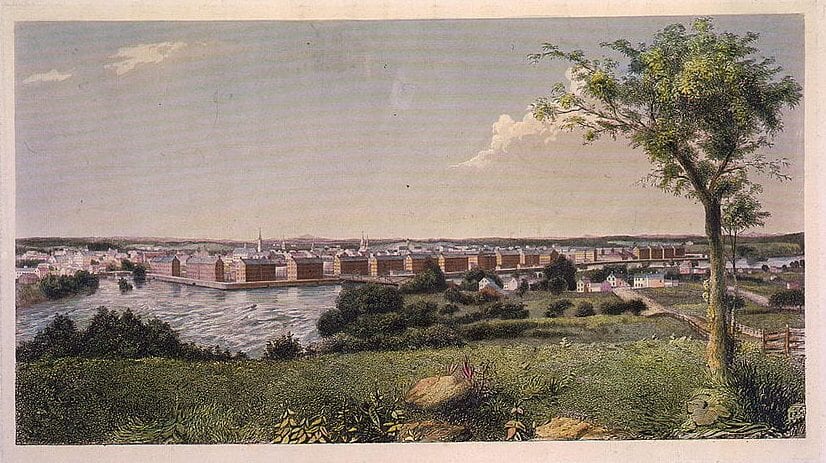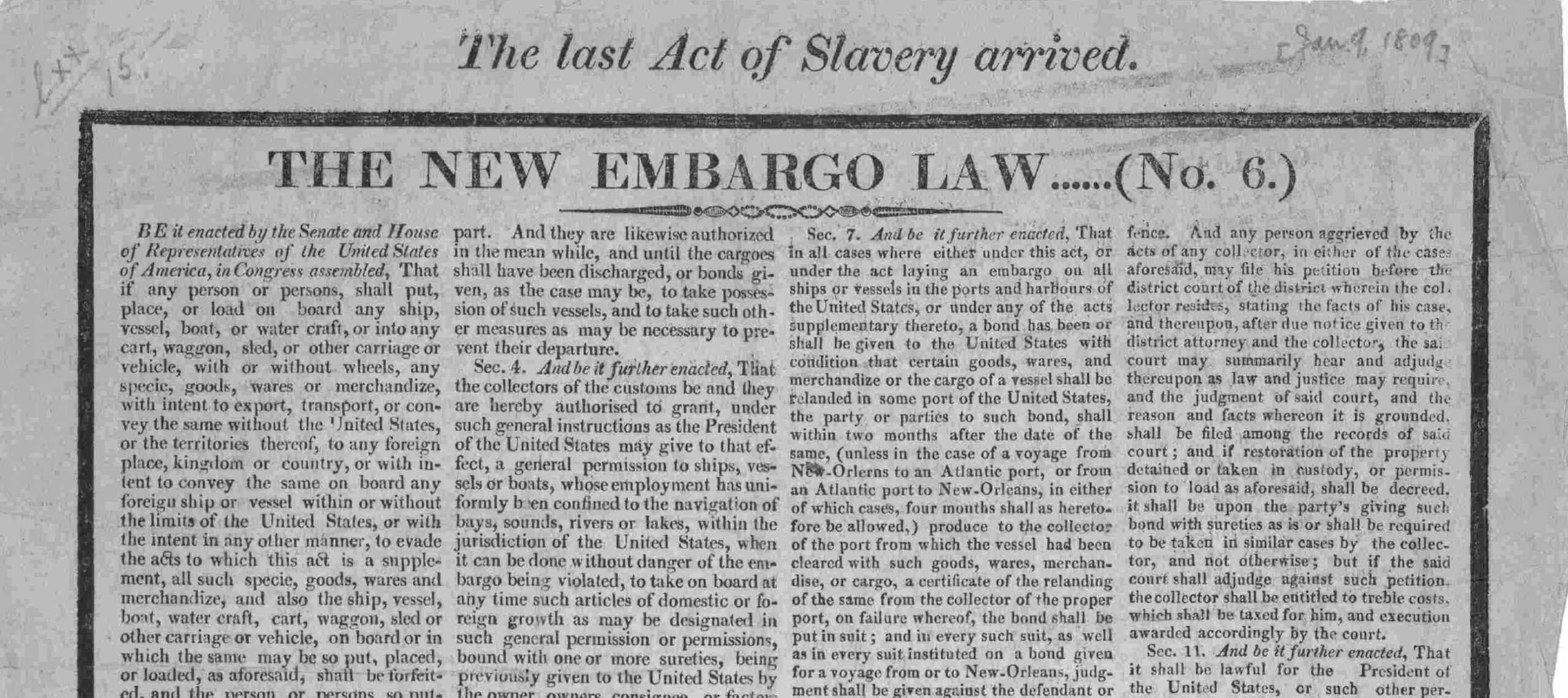Introduction
Raised an Episcopalian, Elizabeth Ann Bayley Seton (1774–1821) felt deeply the responsibility of Christians to care for those less fortunate than themselves. In 1797, she helped Isabella Graham found the Society for the Relief of Poor Widows with Small Children in New York City. Seton remained involved with the organization until doctors recommended she and her husband take their family to Italy in 1803, in an effort to restore his poor health. Although William Seton died shortly after their arrival in the country, Elizabeth and the children remained in Italy for almost two years. During this time, Seton became deeply interested in Catholicism and upon her return to New York in 1805, she was baptized as a Catholic.
After her conversion, Seton found herself ostracized from many of her former intimates. After struggling to maintain her household in New York for several years, in 1809, she accepted an invitation from the French Sulpician order to move to Maryland and open a school for Catholic girls. This she did, at the same time establishing a religious community known as the “Sisters of Charity” to oversee Saint Joseph’s Academy and Free School. Seton served as the head of both the community and the school until her death in 1821. For her labors, Seton was canonized by Pope Paul VI on September 14, 1975.
In this letter to her spiritual adviser, the Reverend Simon Brute, about her desire to see her sister, Mary Bayley Post, convert to Catholicism, Seton reflects on the anti-Catholic prejudice she faced after her conversion.
—Sarah A. Morgan Smith
Source: Saint Elizabeth Ann Seton, Collected Writings: Volume 2 (2002), 423-425. Vincentian Digital Books. 11. Online: http://via.library.depaul.edu/vincentian_ebooks/11.
. . . Your letter to Sister [was] admirable, if first the big stone of darkest ignorance and indifference was removed on the point of FIRST NECESSITY, that there is any true Church or false church, right FAITH or wrong Faith—but blessed Soul [neither] you nor anyone who has not been in that ignorance and indifference can imagine the size and depth of it—and putting myself again a moment in the place of my sister (even with my great advantage of having been passionately attached to religion when a Protestant, which she is not) I imagine I read your letter and looking up with vacant surprise would say “what does the Man mean[?] [W]ould he say that all who believe in our Lord are not safe, or if even a poor Turk or savage does not believe is he to be blamed for it . . . [in original] they make God a merciful being indeed if he would condemn souls of his own creation for their parents bringing them in the world on one side of it or the other.”
My Brother [Wright] Post once asked me so simply, “Sister Seton, they say you go to the Catholic church, what is the difference[?]”. . . [in original] “it is the first church, my brother, the old church the Apostles begun,” answered the poor trembling Betsy Seton, dreading always to be pushed on a subject she could only feel, but never express to these cool reasoners—“Church of the Apostles,” said my Brother, “why is not every church from the apostles”—Sister Post interrupted, “well apostles or no apostles let me be anything in the world but a Roman Catholic, a Methodist, Quaker, anything—a Quaker indeed I should like extremely, they are so nice and orderly and their dress so becoming . . . [in original] but Catholics [are] dirty, filthy, red faced . . . [in original] the church a horrid place of spits and pushing ragged etc., etc.,”—(Alas—I found it all that indeed if that had been a part of the religion) and she said to me, whispering in mystery, “they say my Sister, there is a great picture of our Savior all naked.” . . . [in original] dearest G it is a fact that a most pious, better informed woman than my sister or poor Betsy Seton found me kneeling before my crucifixion, and shrunk back with horror seeing a naked picture—that very lady Mrs. Livingston (of the Nobility of America) quitted the Protestant church for Methodist meeting and I said to those who laughed at her, “why not if she likes the Methodists” for ever accustomed to look only to little exterior attractions as the dress and quiet of the Quakers, a sweet enthusiastic preaching among the Methodists, a soft melting music of low voices among Anabaptists, or any other such nonsense, the thought of a right faith or wrong faith, true church or false one never enters the mind of one among a hundred.
—Oh MY GOD—my heart trembles and faints before him here in his little Sacristy close to his tabernacle while I ask How am I here? I taken, they left—
I tell you a secret hidden almost from my own Soul it is so delicate that my hatred of opposition, troublesome enquires etc. brought me in the church more than conviction—how often I argued to my fearful uncertain heart at all events Catholics must be as safe as any other religion, they say none are safe but themselves—perhaps it is true, if not, at all events I shall be safe with them as any other—it is the Way of Suffering and the Cross for me that is another point of security— . . . My God pity me—I was in the church many times before I dared look at the Sacred Host at the elevation, so daunted by their cry of idolatry—there dearest G—you read what I would have carried to the grave, only I wish you to know well [as] far as I can tell you the impossibility for a poor Protestant to see our meaning without being led step by step and the Veil lifted little by little. . . .


